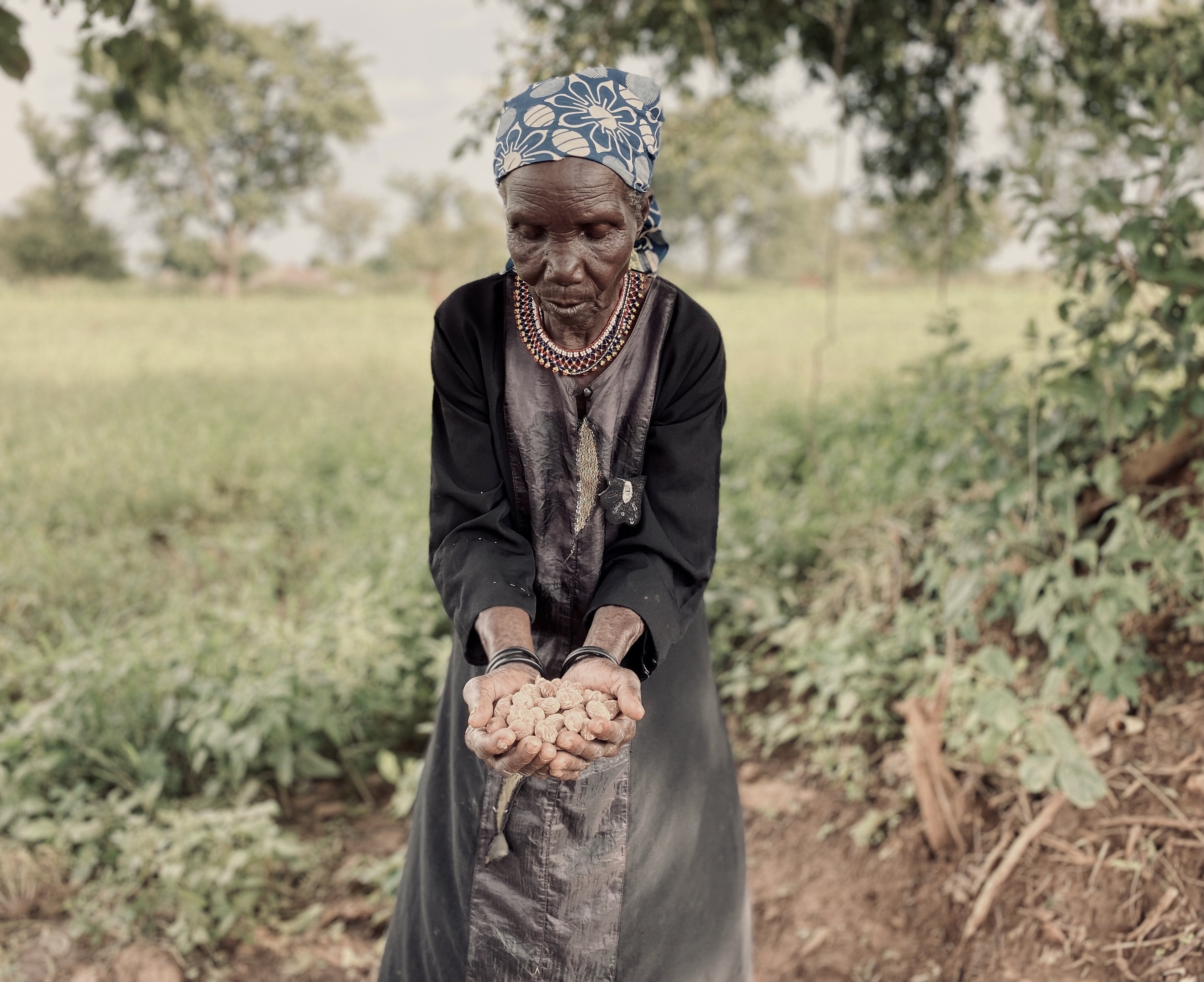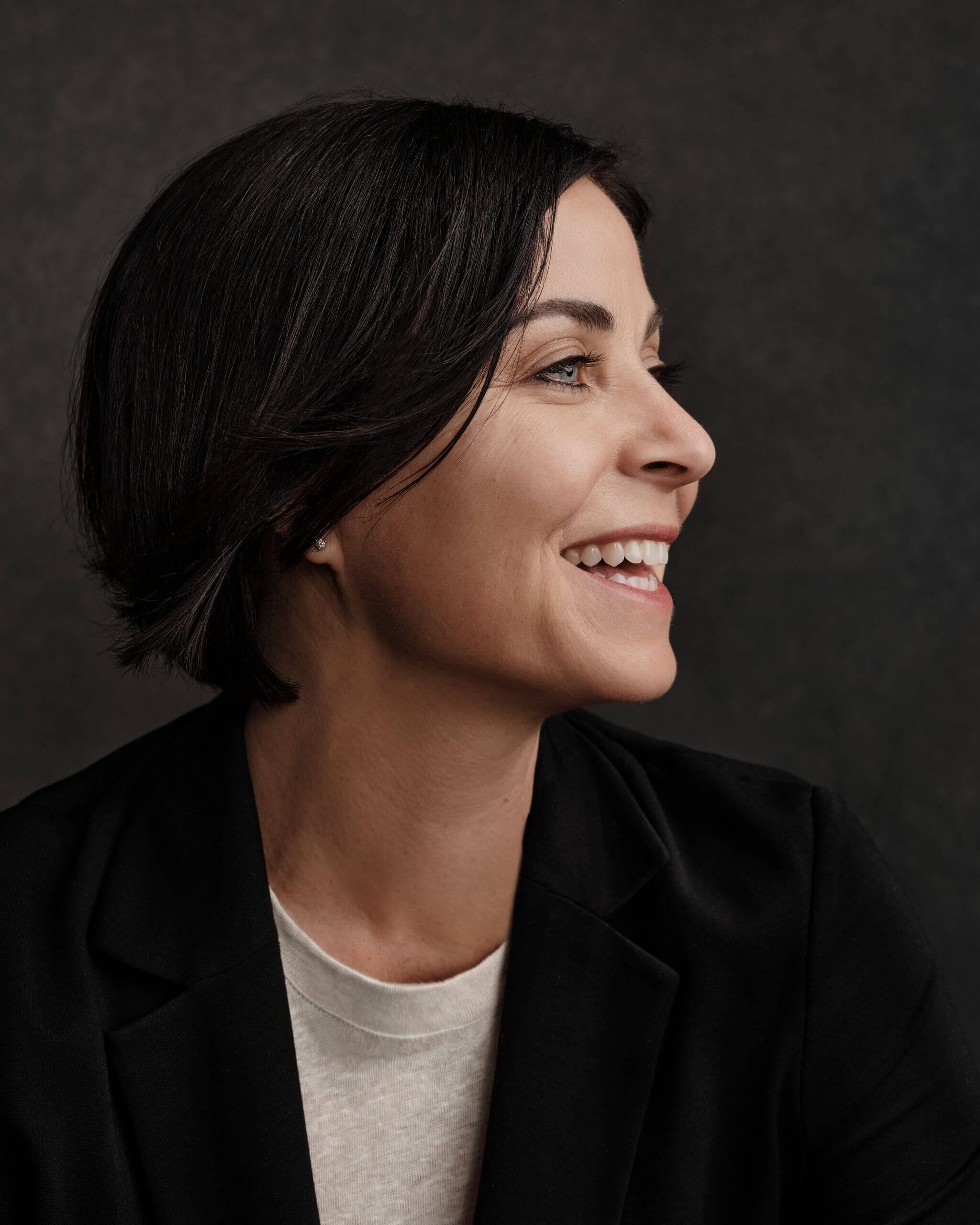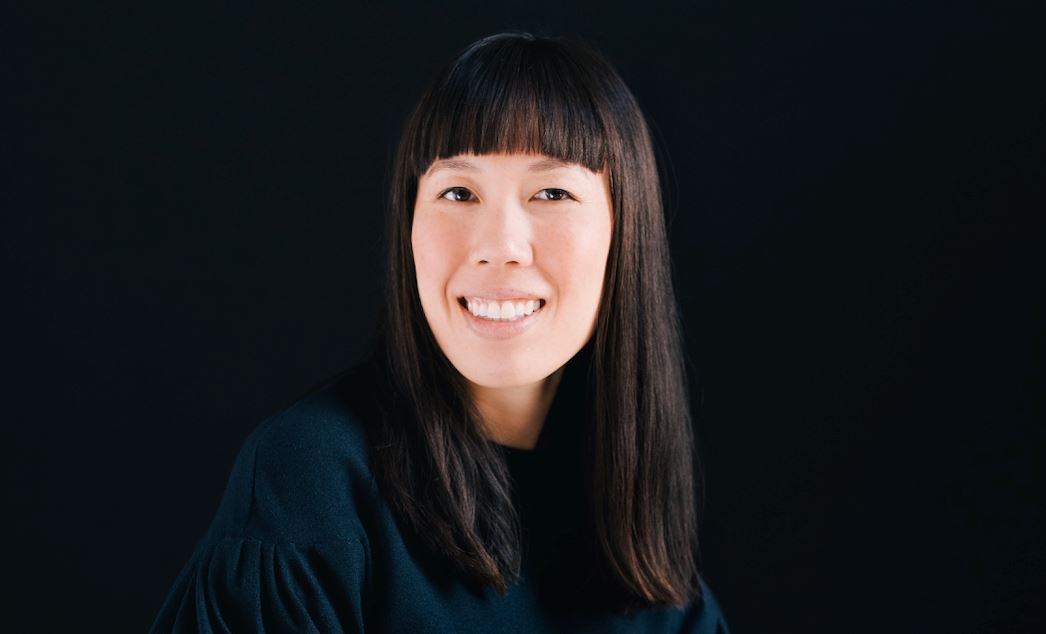Designer Interview Series:
Suzanne DimMA

Photo credit: Alex Lukey
Founder of the boutique studio Suzanne Dimma Design, this talented designer took time out of her busy schedule to discuss her craft with us. Her philosophy is all about reflecting individual personalities using individual, distinct styles. Suzanne was Editor-in-Chief of House and Home magazine and continues to be a regular on the popular television talk show, Cityline, so she knows a thing or two about the design world.

Photo credit: Colin Faulkner / Design: Suzanne Dimma
OBAKKI
What led you to design as a career? What was your inspiration? Was there an “aha” moment?
SUZANNE DIMMA
From an early age, I seemed to understand how much my surroundings could impact my sense of well-being. When I was 6, my family moved to Lincoln, Massachusetts and I was lucky to attend a pretty forward-thinking school that allowed each student to explore whatever they were naturally drawn to. I spent hours building cardboard structures and sketching floorplans with notes about what made the spaces work well. We had one assignment where we were tasked with making a shelter using only the natural materials found in the woods behind the school, with the goal of ensuring it survived the winter. I can still recall how perfectly in my element I was — working in the forest building this structure. And my little house made of branches, ferns, mud, and leaves did make it through that winter! This was probably an early ‘aha moment.’
Later, as a pre-teen, my parents gave me free rein to decorate my room however I wanted, which was pretty cool of them. I stained the floors a deep dark ebony (entirely different from the French walnut floors running through the rest of the house) and painted the walls a deep burgundy. I loved seeing the room transform into something so dramatic. This was when I fully realized that I wanted to live in the world of creating beautiful interiors.
Photo credits: Angus Gergusson (left) & Colin Faulkner (right) / Design: Suzanne Dimma
OBAKKI
Can you tell us a bit about how you get to know your clients and how you figure out their style?
SUZANNE DIMMA
I spend a lot of time with my clients discussing what inspires them or makes them feel good at home. We review any furniture, art, or objects they already have and feel connected to. I always aim to work with existing pieces whenever possible. I pose a multitude of questions about how they live or aspire to live. I also ask clients to pull ideas of what inspires them and we review them together. It’s a collaborative process of listening, learning, reacting, and educating. It defines the parameters and sets the direction for the project so it’s a key step.
OBAKKI
You have referenced your signature “boho-modern style.” What does boho mean to you? And why do you like it?
SUZANNE DIMMA
I suppose ‘Bohemian’ has come to mean a lot of things to different people. For me, the words that come to mind are eclectic, artistic, and individual and not tied to trends. It’s about creating an unexpected mix with global influences and plenty of organic influences. I like to mix these elements with classic pieces, clean architectural lines and a subtle hand. In this way, it feels apt to call my work ‘boho modern.’ But every project is different and more of a response to my client’s needs and aesthetic approach. At home though it’s pretty easy to spot a few boho mod moves!

Photo credit: Alex Lukey / Design: Suzanne Dimma
OBAKKI
How can we make “minimalism” and “maximalism” work together to create a layered look in our homes?
SUZANNE DIMMA
I often aspire to strike a balance between the two. I’m neither a minimalist nor a maximalist in their pure forms, but I appreciate both. Instead, it’s about creating a juxtaposition and playing them off each other. I have always felt that memorable design is about setting up contrasts and celebrating differences by bringing them together. The element of surprise inherent in this approach is always exciting. If you’re drawn to a rich, chinoiserie wallpaper for a dining room but also want a modern classic Carl Hansen oak dining table, you can make them work together.

Photo credit: Colin Faulkner / Design: Suzanne Dimma
OBAKKI
We love the rustic look of your Northern Ontario cottage design – all of the natural, sustainable materials really suit the location. What are your favourite sustainable materials to work with, and how do you incorporate those into different design styles?

Photo credit: Colin Faulkner / Design: Suzanne Dimma
SUZANNE DIMMA
I’m a big fan of natural, biodegradable fabrics, like wool or linen and bring them into every space I work on, including the cottage. I especially love the relaxed look and breathability of linen. Of course, we try to use local materials as much as possible. At the cottage, my husband and I made it a goal to minimize any debris and at the end of construction, we had zero material waste. Any offcuts were transformed into benches or used for firewood. When you’re building off-the-grid on a boat-access location, every item you bring to the site is carefully considered. Living is boiled down to the essentials and there is an intrinsic beauty in this. Everything there is of use or truly valued.
OBAKKI
Do you believe sustainability is a key element of great design?
SUZANNE DIMMA
Now more than ever. Designing with sustainability in mind is smart, responsible, and necessary. Designers have a significant role in impacting the way we live. If all designers could guide clients to sustainable, eco-friendly choices we would be collectively helping the planet.
OBAKKI
Are there any surprising design styles or colours you see emerging today?
SUZANNE DIMMA
Black, white and natural tones are still going strong — paired with rust, mustard or deep olive green accents. I’m sensing a return to chrome plumbing fixtures after years of antique brass dominating social media images of kitchens and bathrooms. There has been an obvious focus on traditional design details rooted in Haussmann-style Parisian architecture, like paneled walls and herringbone floors. From speaking to clients and the design community, many people are craving antiques again; pieces with history and character to imbue a space with warmth.
Photo Credit & Design: Suzanne Dimma
OBAKKI
You recently completed a stunning renovation in San Miguel de Allende, Mexico (not an easy task in another country). With your casa design in mind, what are some of your favourite sustainable Mexican products from Obakki?
SUZANNE DIMMA
The artisans in Oaxaca are incredibly talented and we have a number of oversized black Oaxacan pottery pieces in our casa. The glazes have such wonderful depth and richness. So naturally, I’m drawn to the Oaxacan tabletop items at Obakki. The black pouring pitcher is a definite favourite — it’s perfectly elegant and understated. The Obakki wicker and palm creations are also stellar and I love the tactile quality that wicker brings to any home. The large hand-woven palm trays are striking on a coffee table and the wicker totes and baskets are perfect for storing extra towels in a bathroom.
OBAKKI
Are there other Obakki collections or products whose concepts and designs resonate with you?
SUZANNE DIMMA
So many! I’ve always been mad for stripes and the cotton woven Fiche towels have such graphic appeal. I have them in my ensuite washroom in San Miguel and they are super soft, generous in proportion, and look sharp hanging on a row of hooks. I’d love to use them in the other bathrooms as well.
Cotton Woven Towel | Fiche
OBAKKI
Where do you think a great sense of design comes from? Do you need to be born with a design sense to be a ‘great’ designer?
SUZANNE DIMMA
A great design sense can be developed and nurtured. It isn’t something you’re necessarily born with. Many talented architects and designers, including my husband, are the sole designers in their families, so clearly it isn’t only genetic. It’s more about having a deep interest and passion and great powers of observation and then building on experience. Learning from designs, past and present, and developing a knowledge base of how things are built is far more significant. Curiosity is the key.
OBAKKI
You are a frequent guest on Cityline – do you have a favourite segment?
SUZANNE DIMMA
I’ve been a guest on the show for about 18 years now so it’s difficult to pick just one! It was definitely significant when the show visited me at the cottage. My husband and I both invested so much energy and passion in that project, and it’s always fun to share it. But I also remember filming a segment at the start of the pandemic, when we were required to film everything outdoors. I surprised my neighbours by decorating the exterior of their house for the holidays and it was so fun to see how much everyone in the neighborhood enjoyed it. And of course, the segments where I can share my latest collection from my bedding collaboration with Au Lit Fine Linens are a highlight.
OBAKKI
And what’s next for you? Where do you see yourself next year at this time?
SUZANNE DIMMA
Hopefully, I’ll be able to spend more time in beautiful Mexico! I’ve met so many talented artisans and artists in my home away from home and I’d be thrilled to collaborate with them more. It’s been both challenging and exciting to navigate the world of design in a different country, exploring different architectural aesthetics and building materials. There’s still so much more to learn.
SHOP SUZANNE'S FAVOURITES
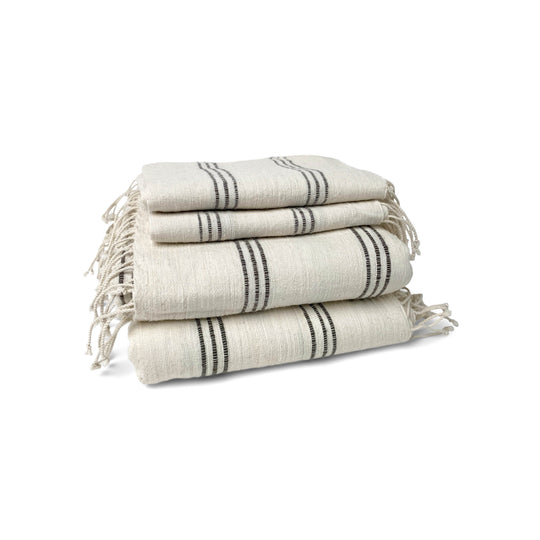
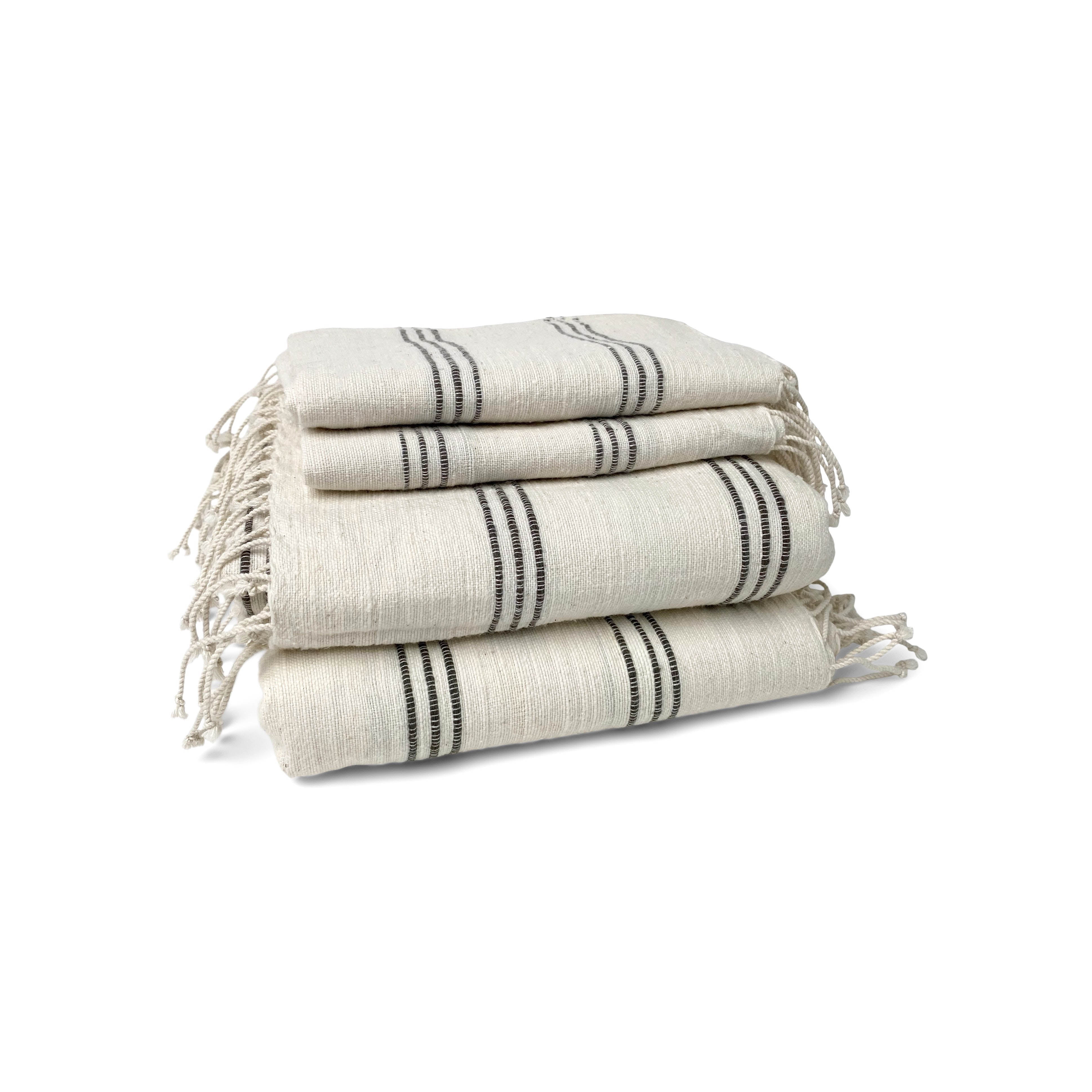
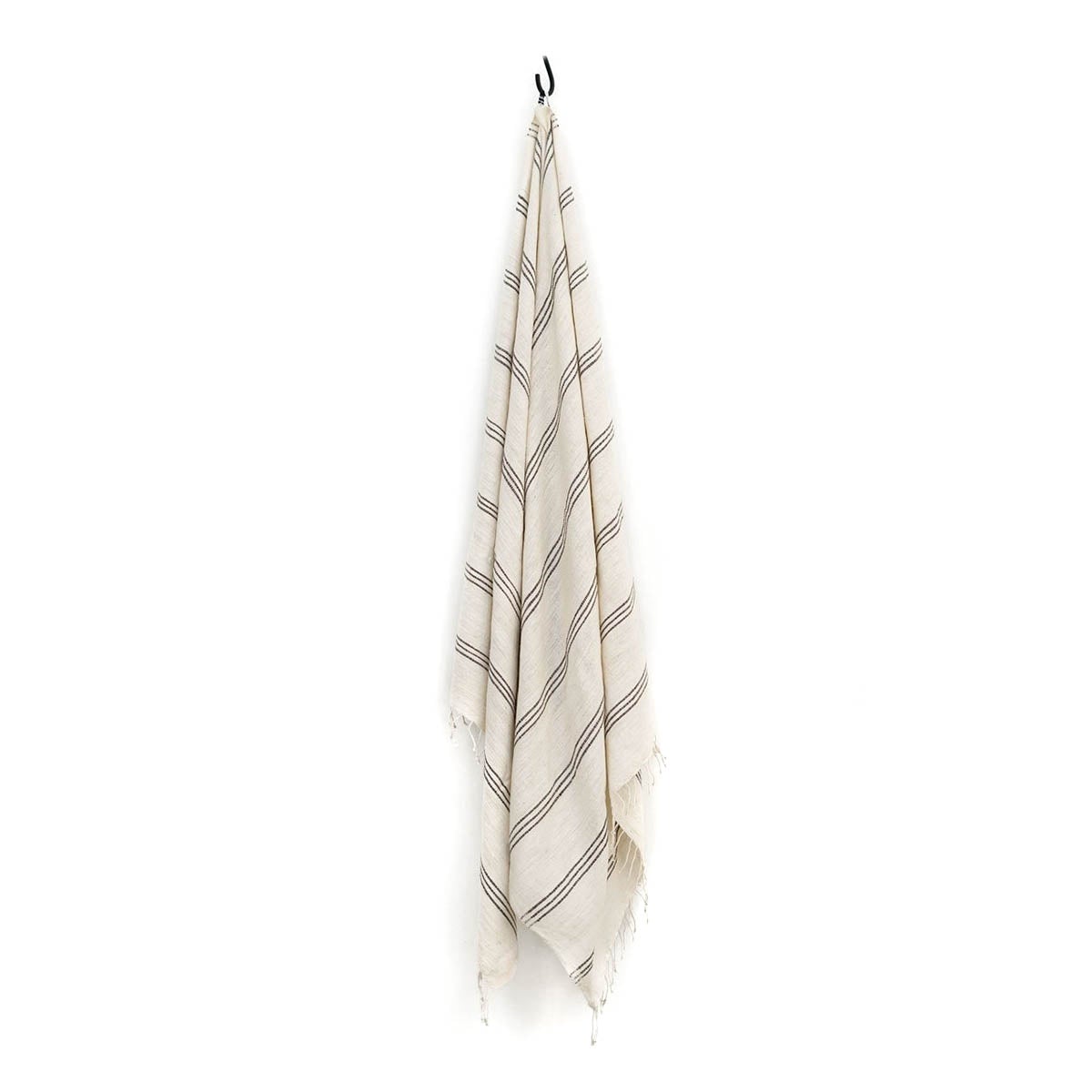
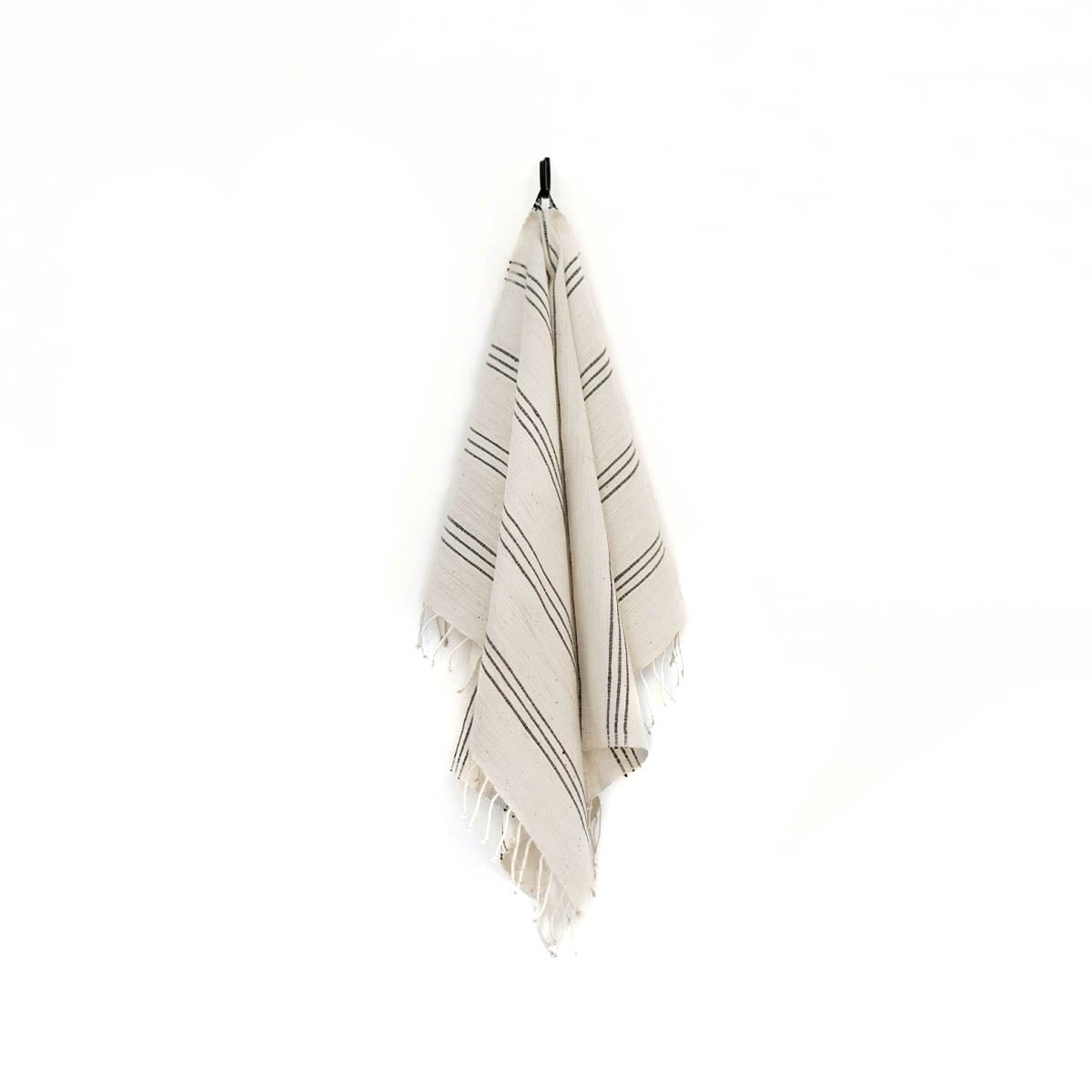
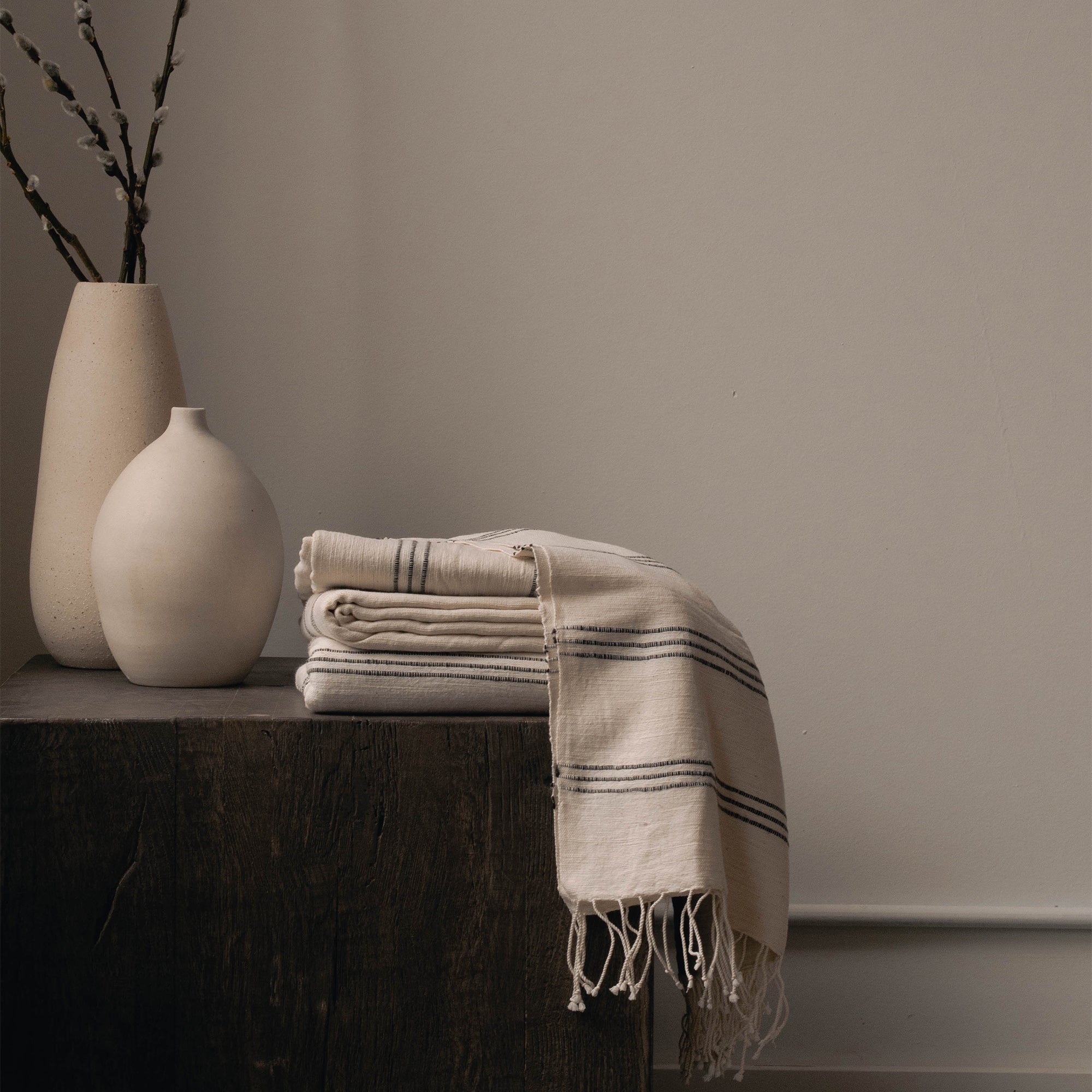
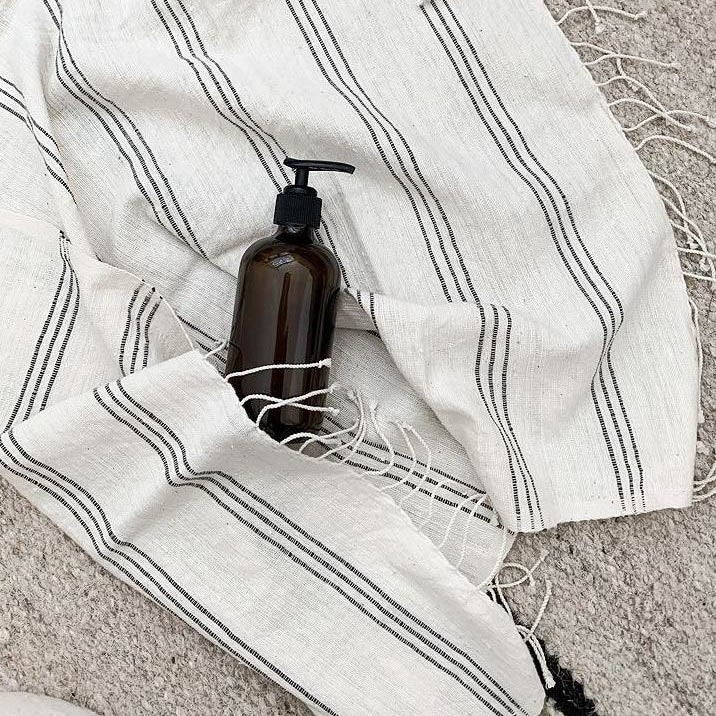
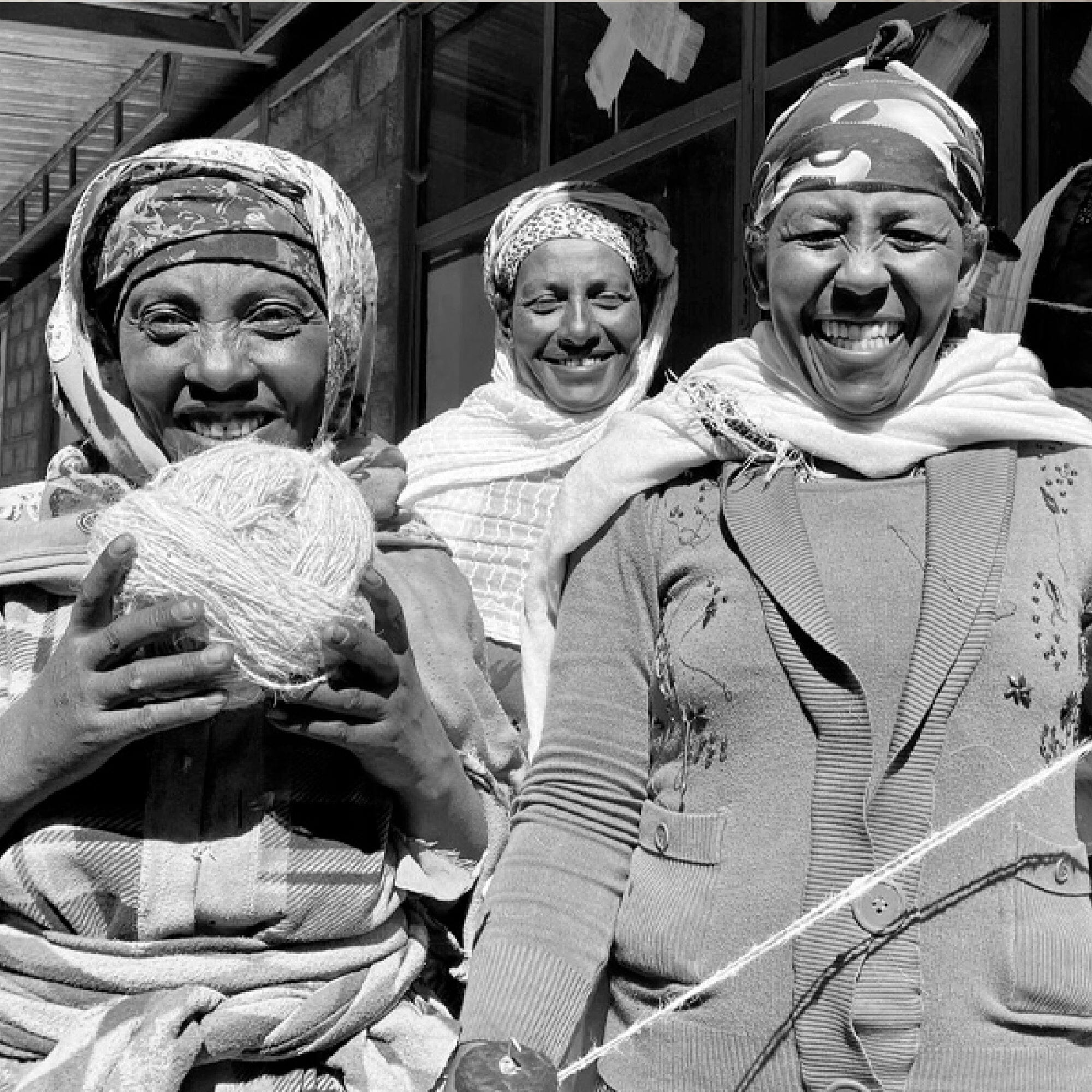
Cotton Woven Towel | Fiche
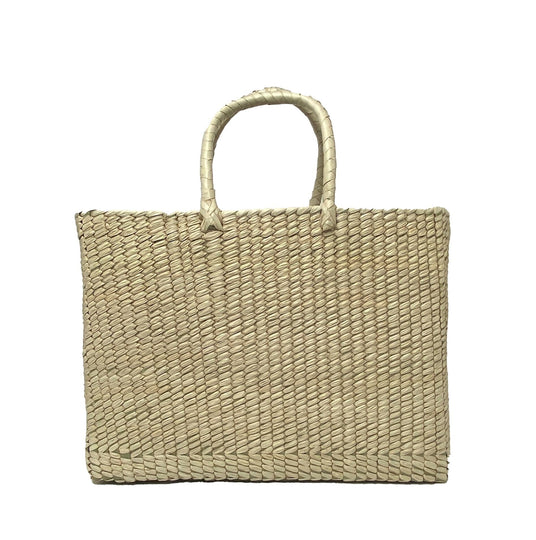
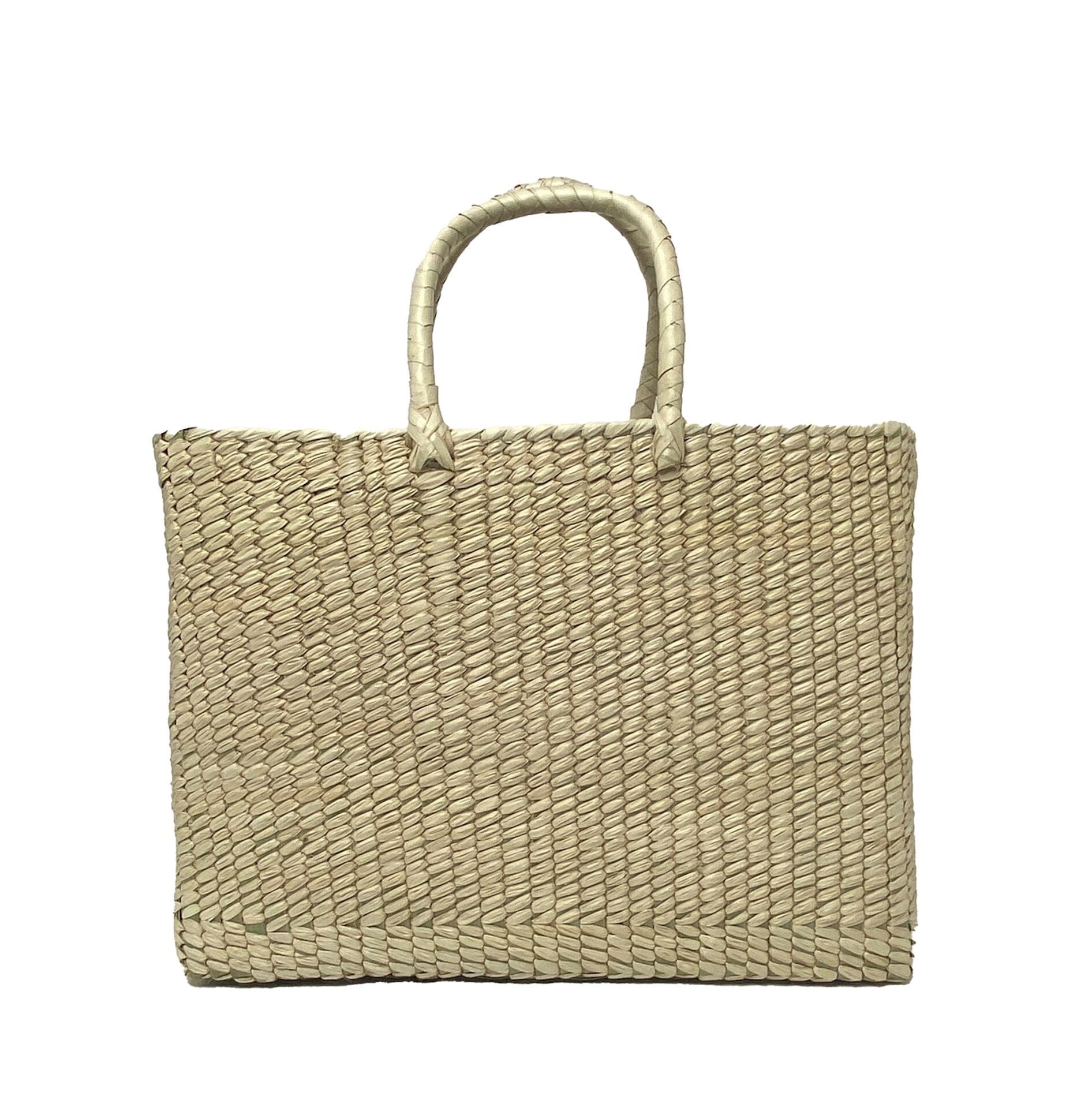
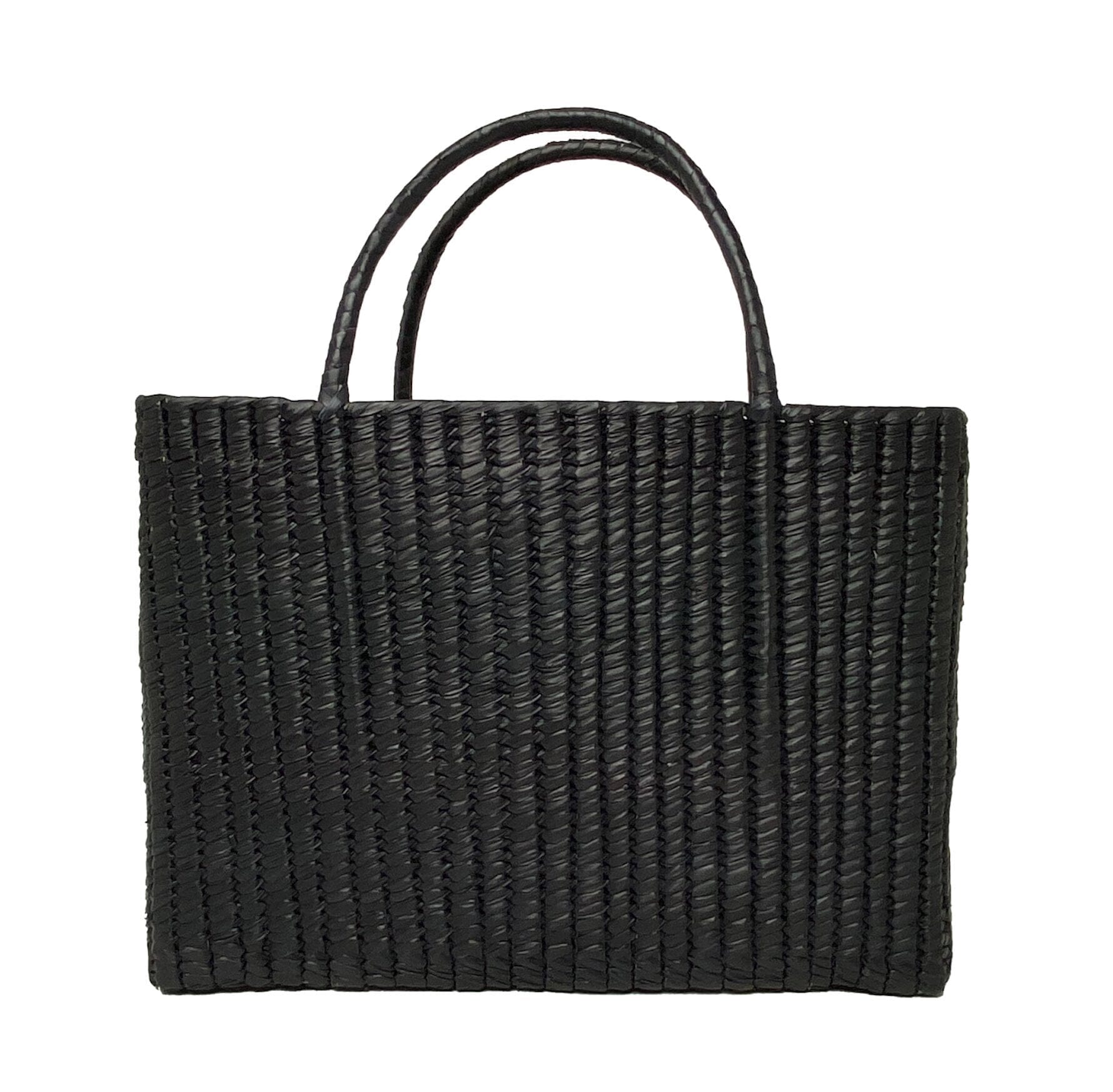
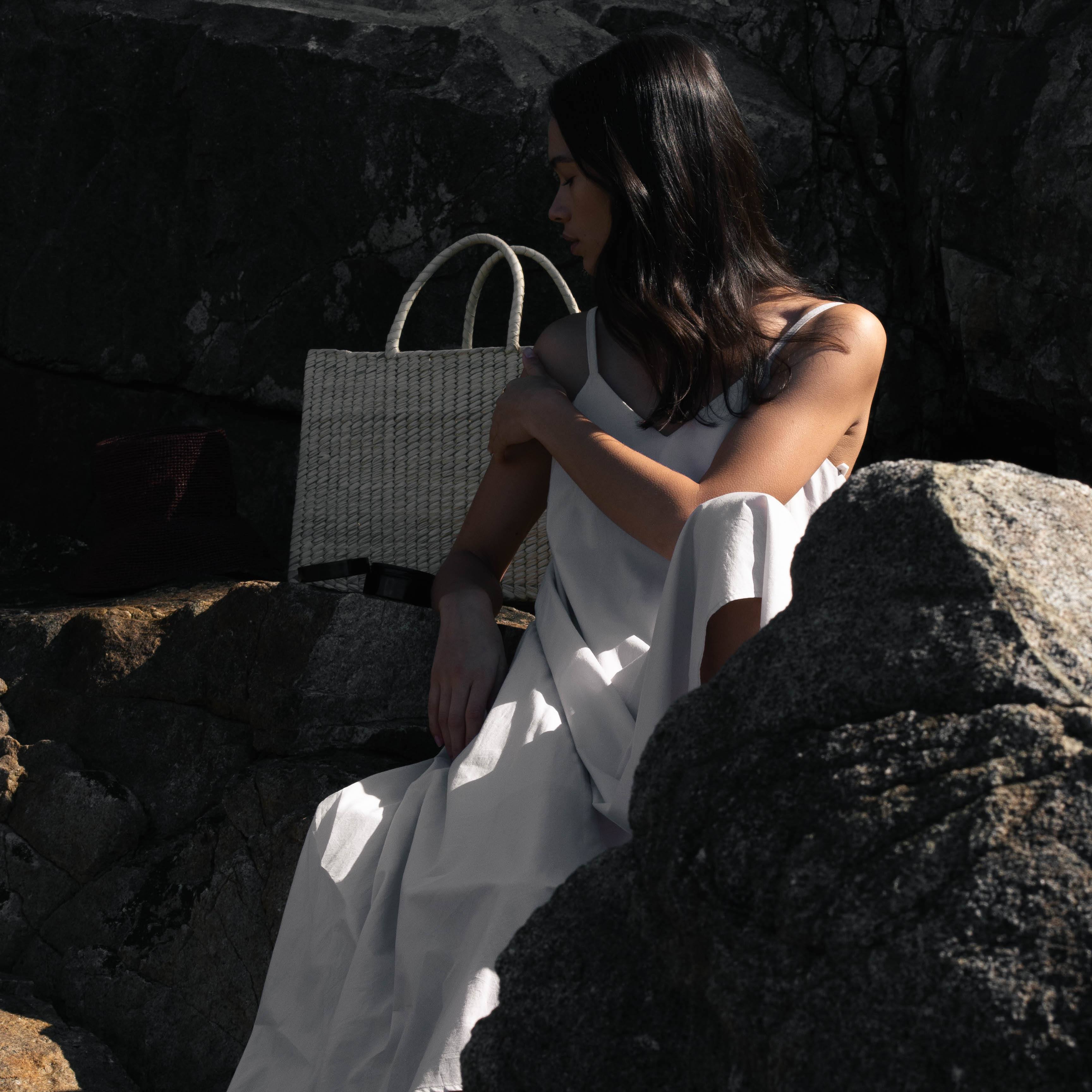
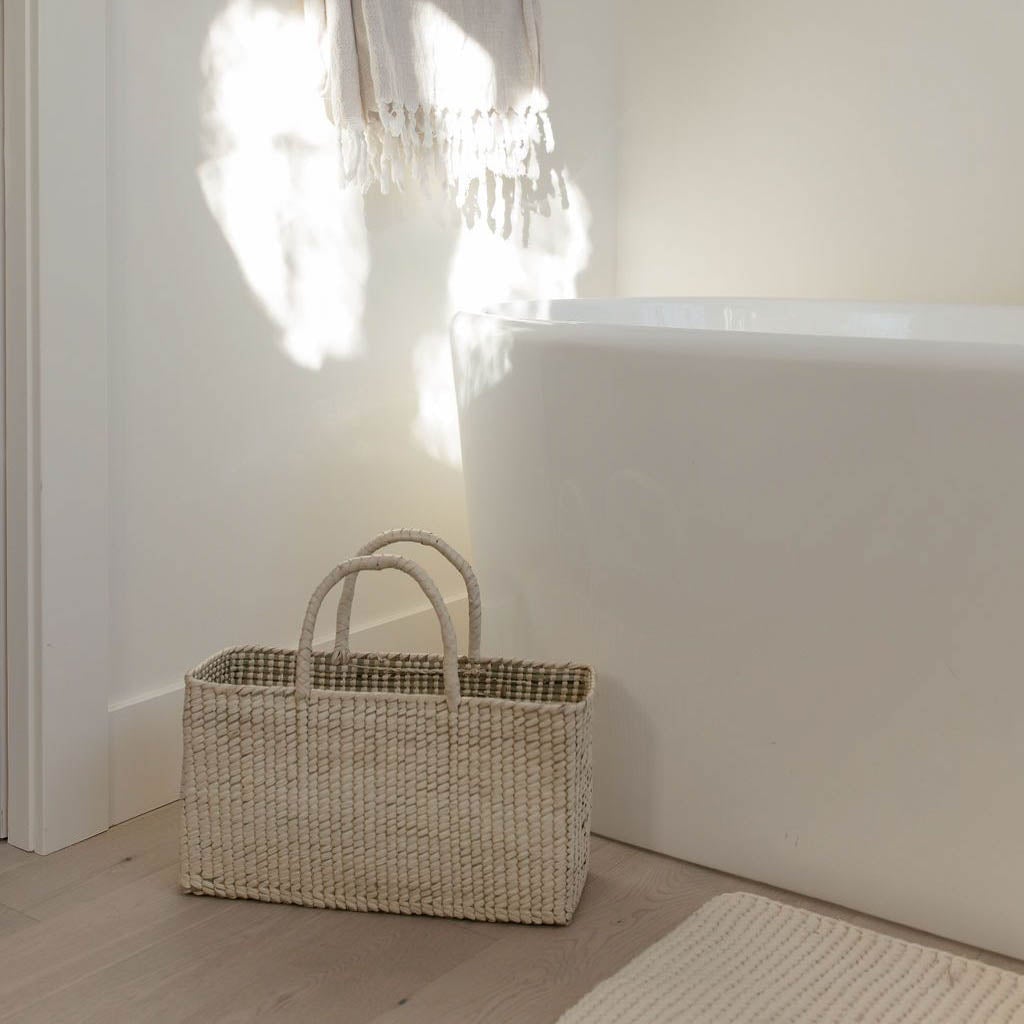
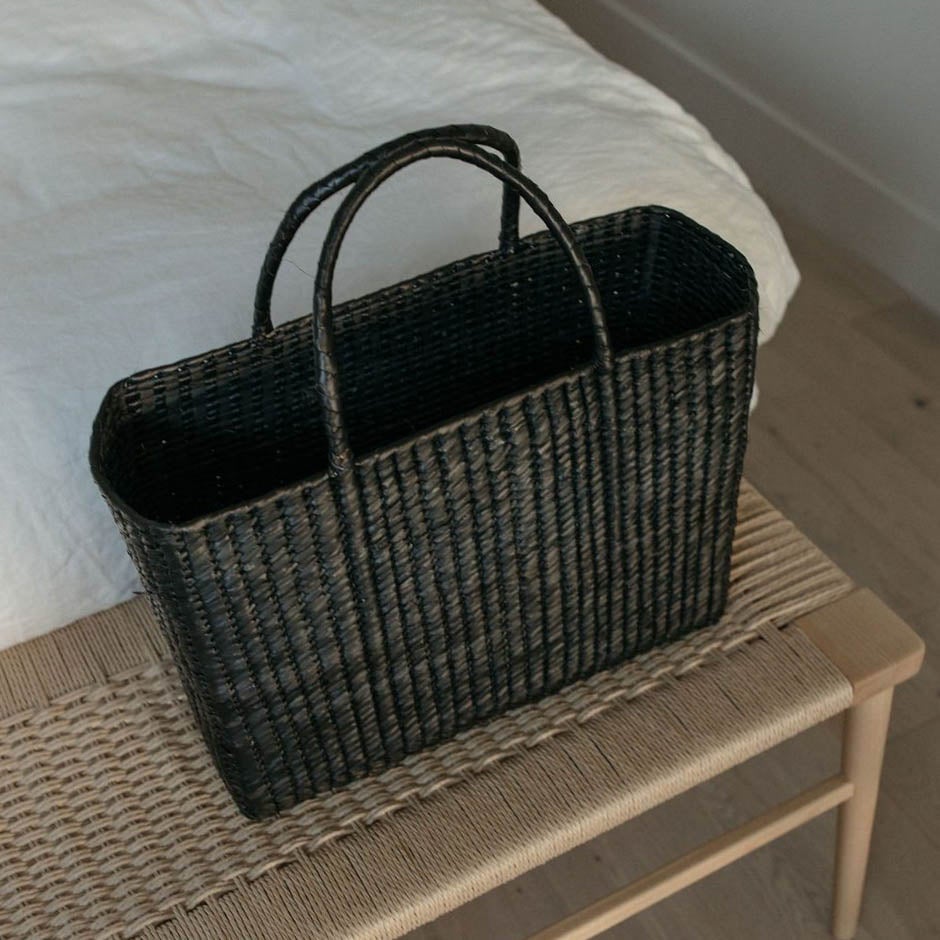
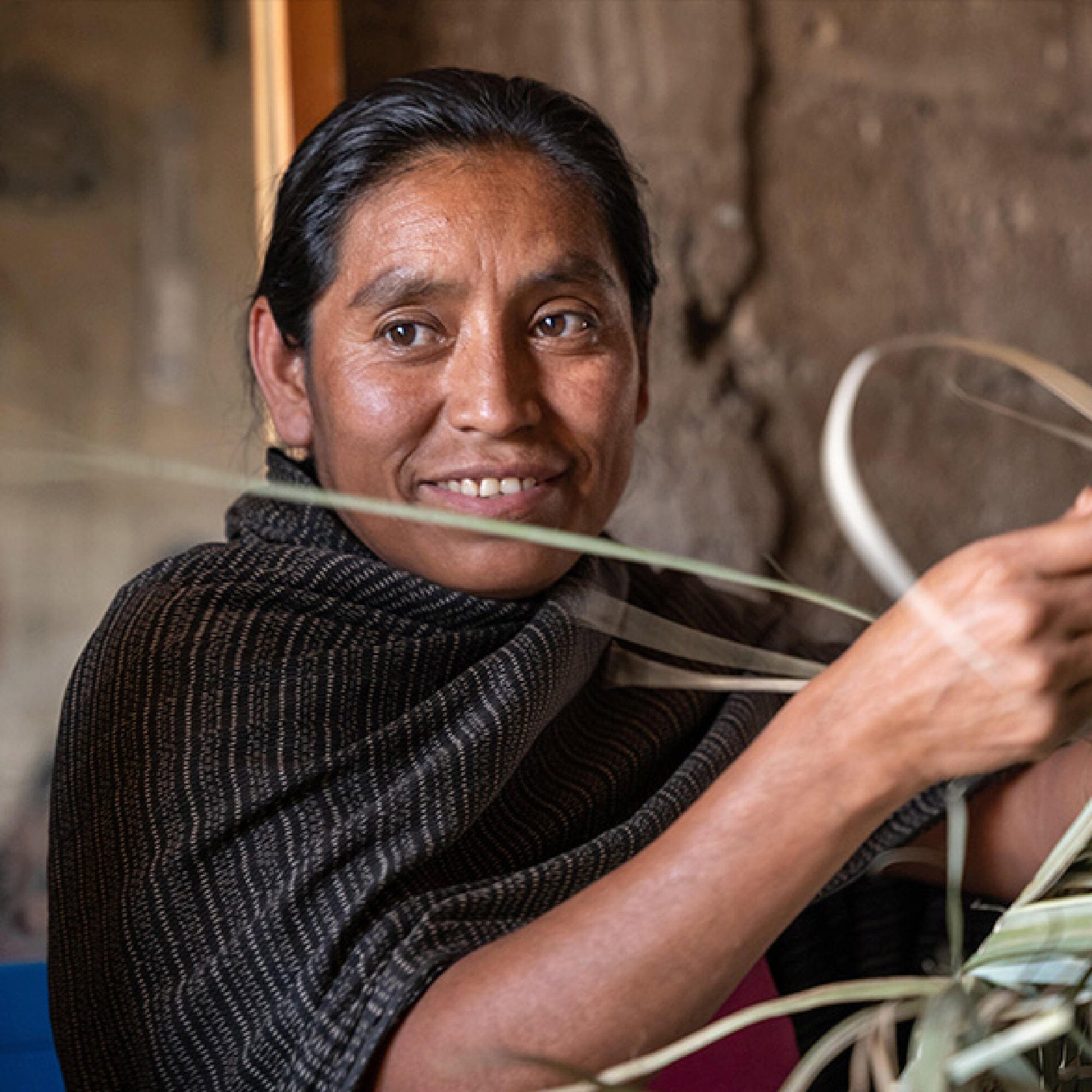
Structured Palm Tote | L
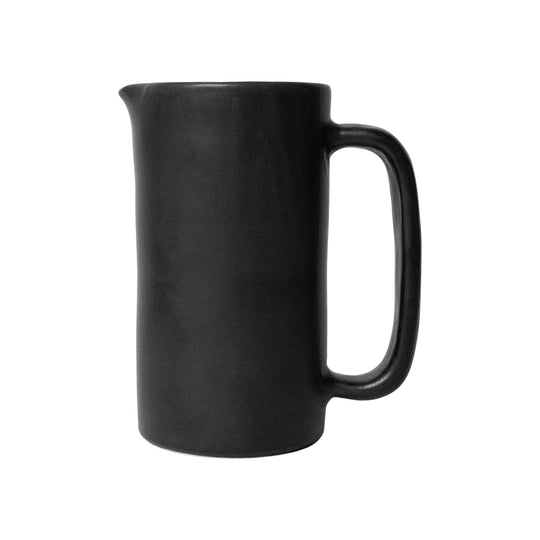
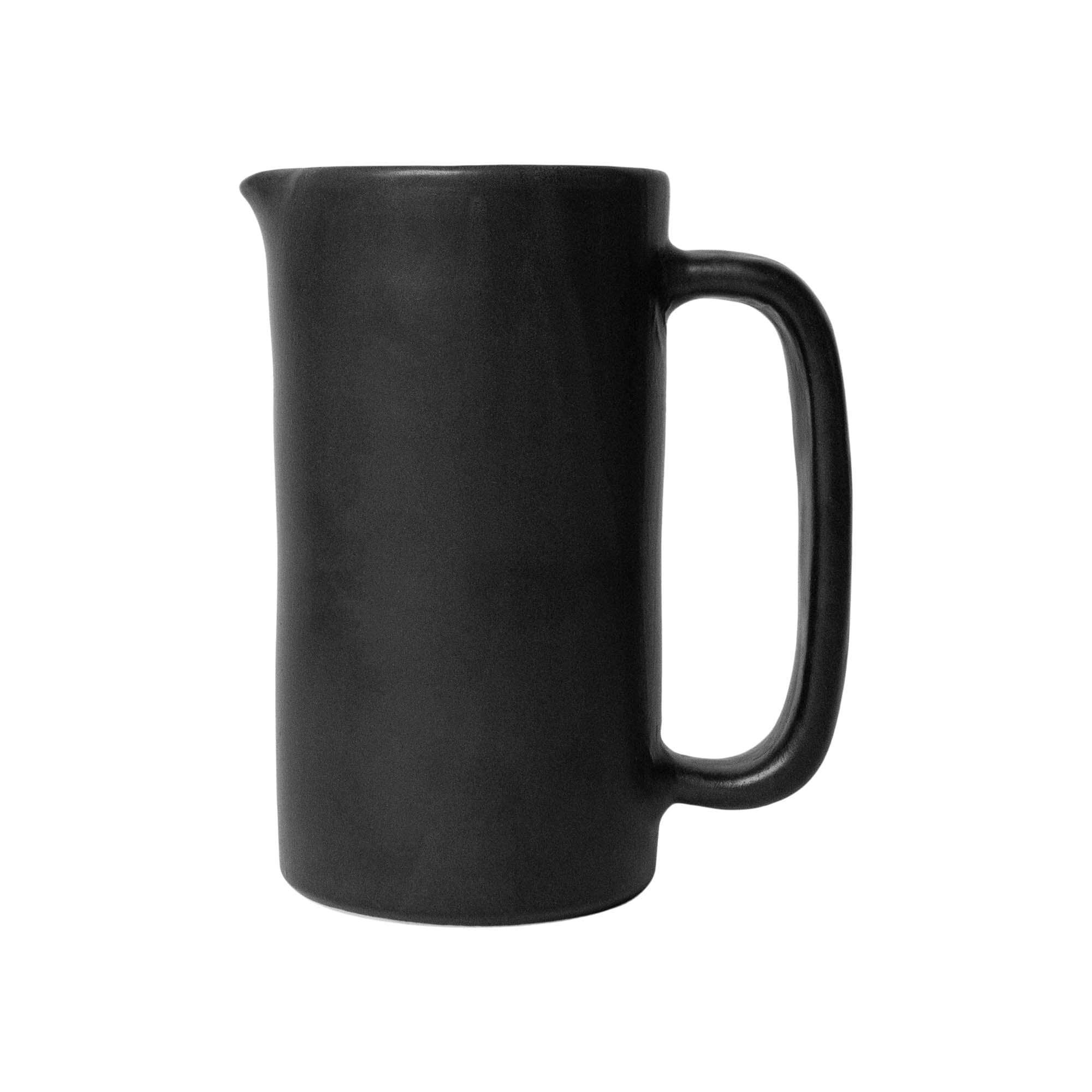
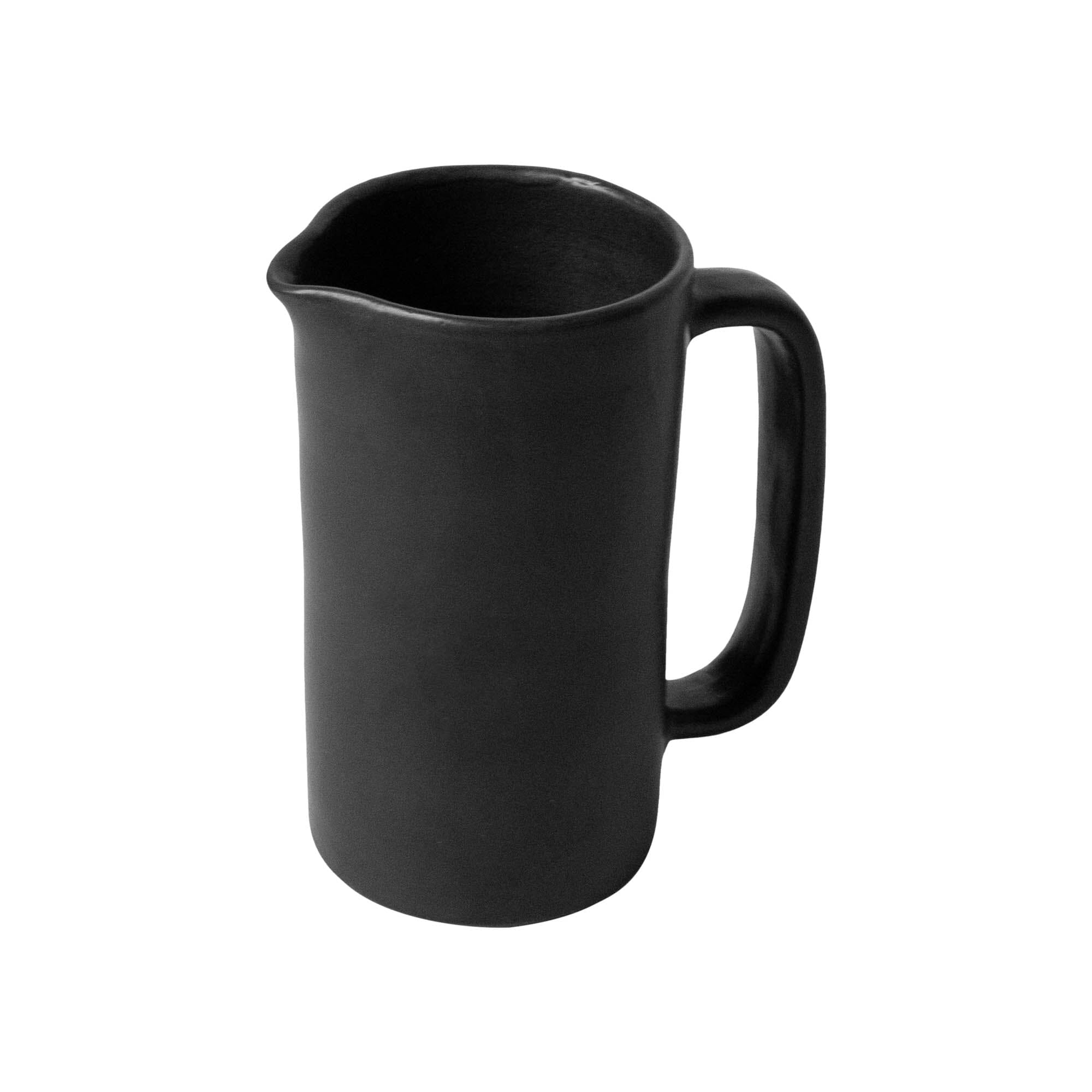
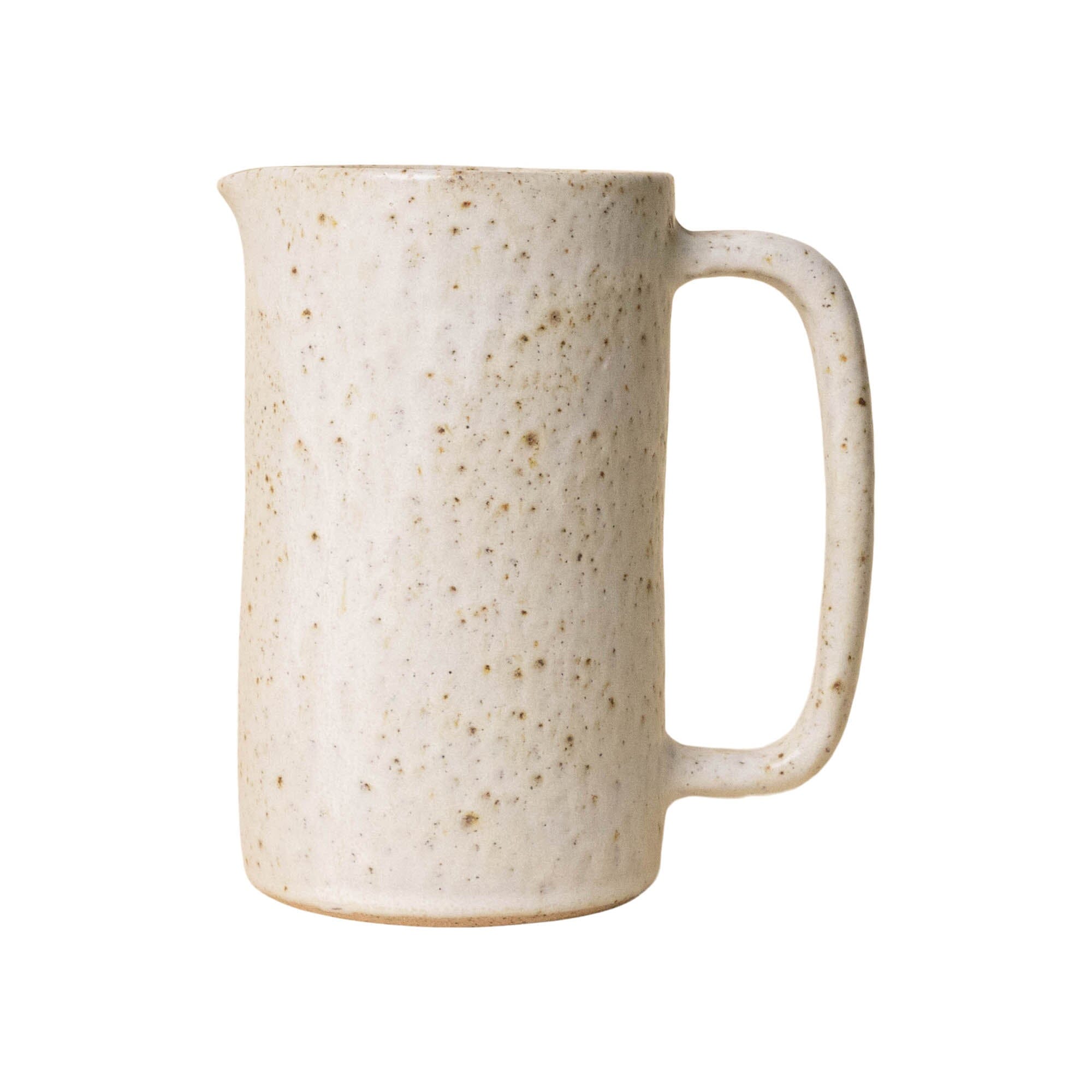
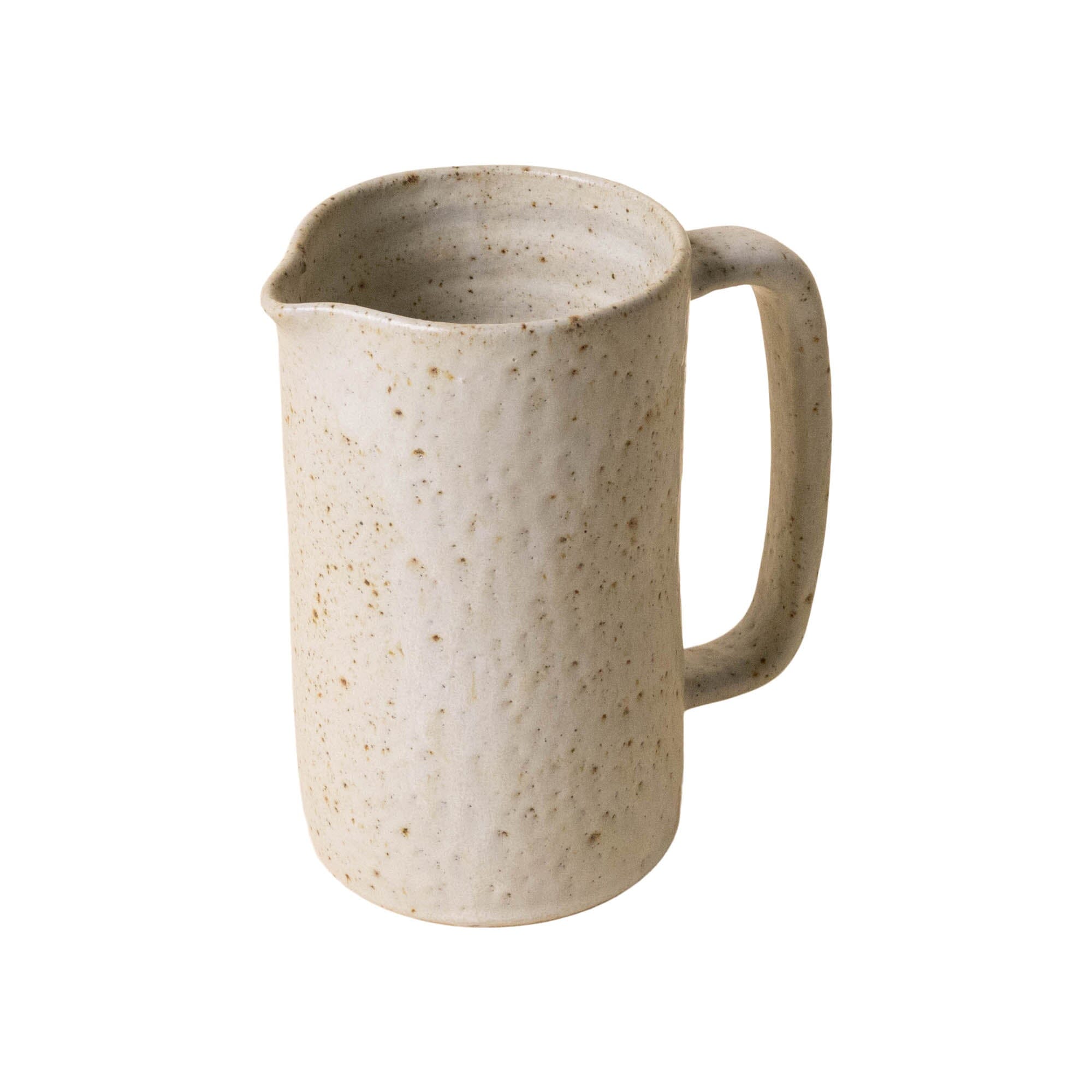
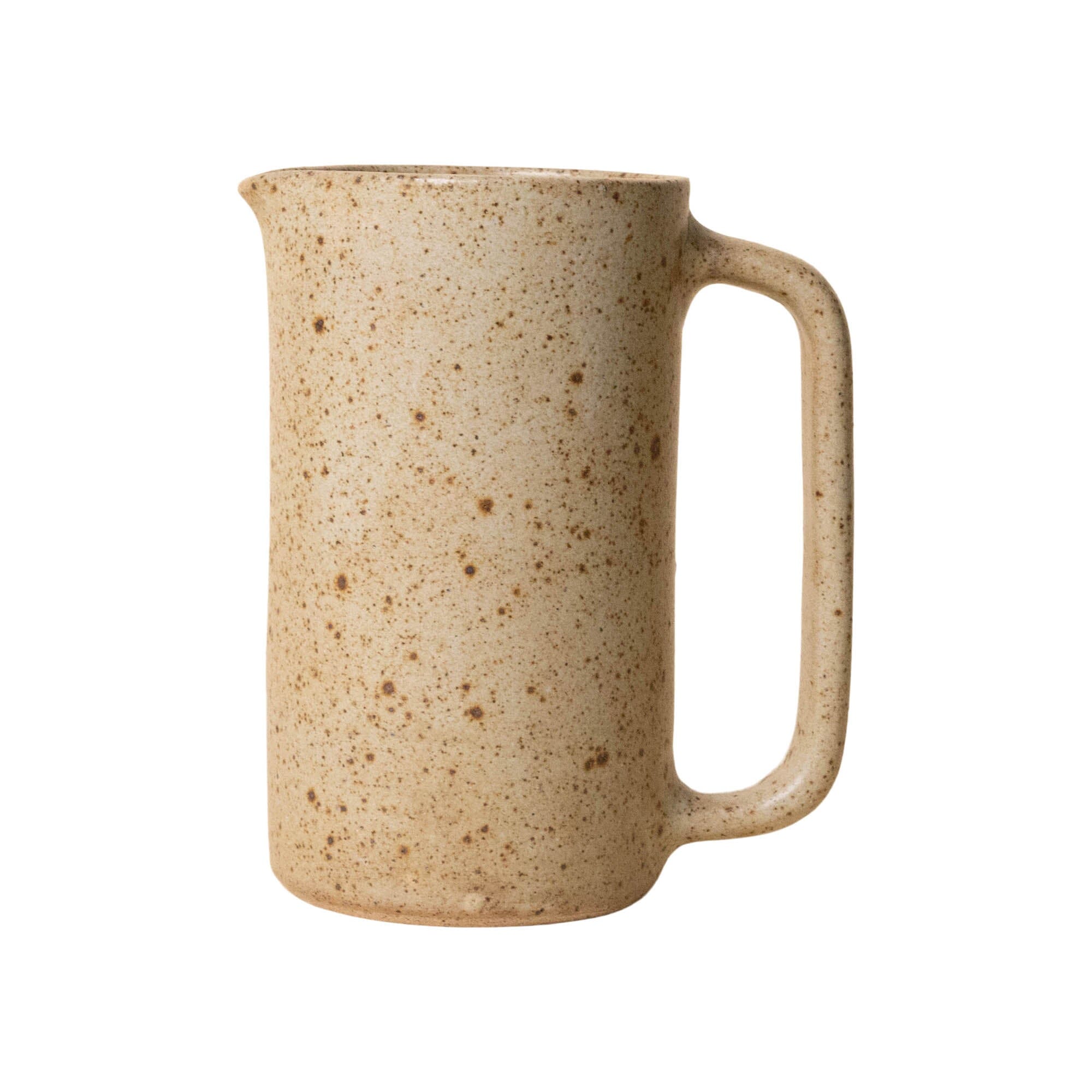
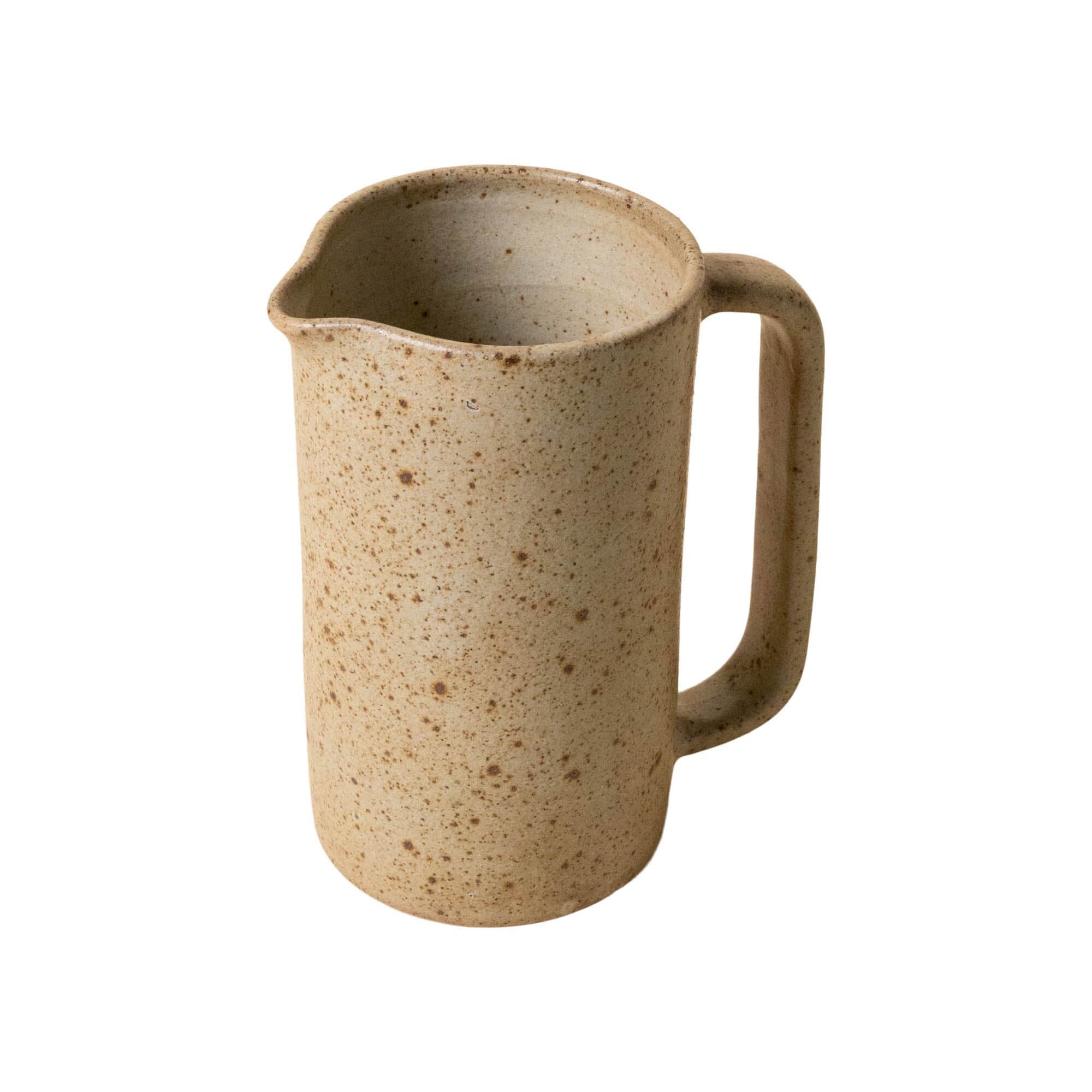
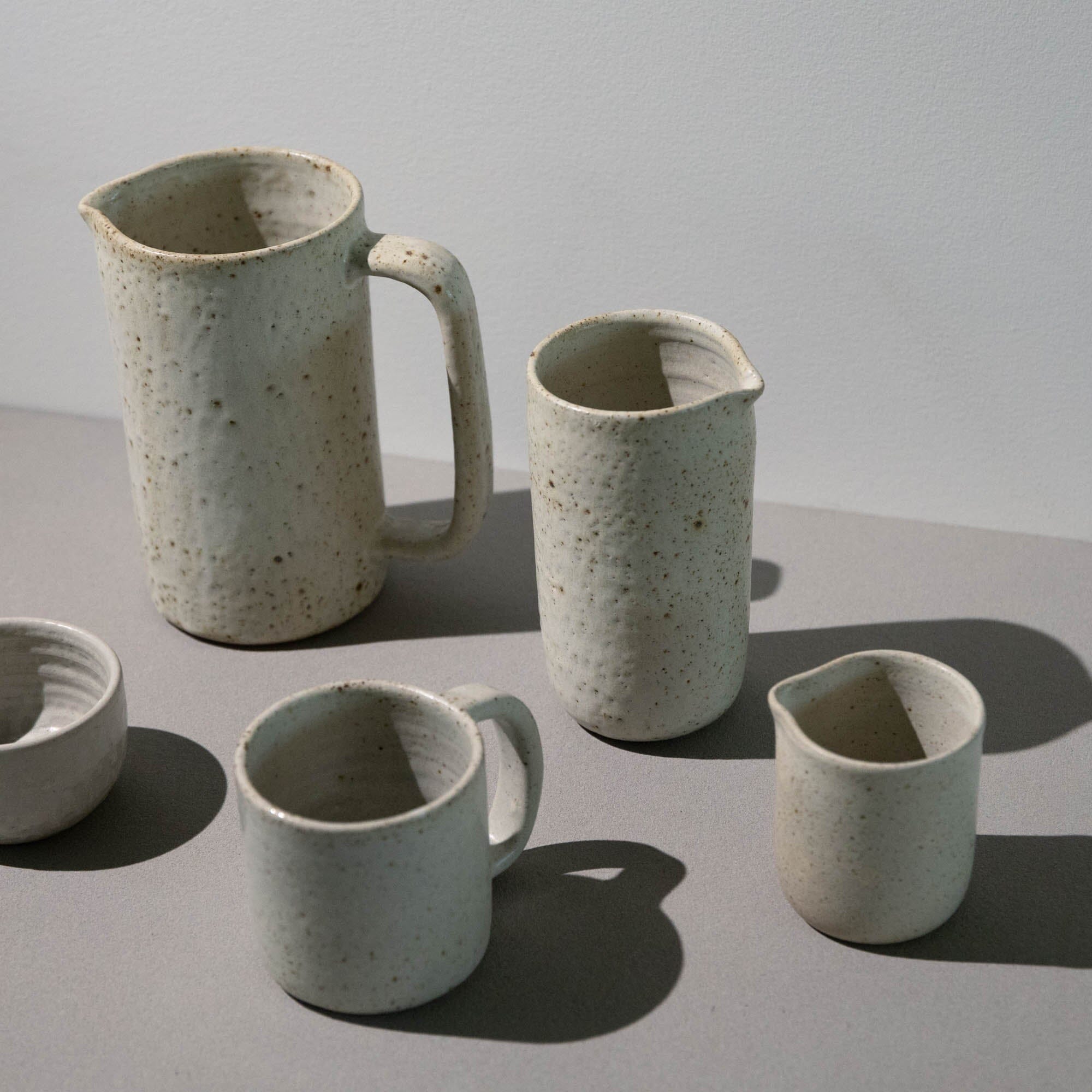
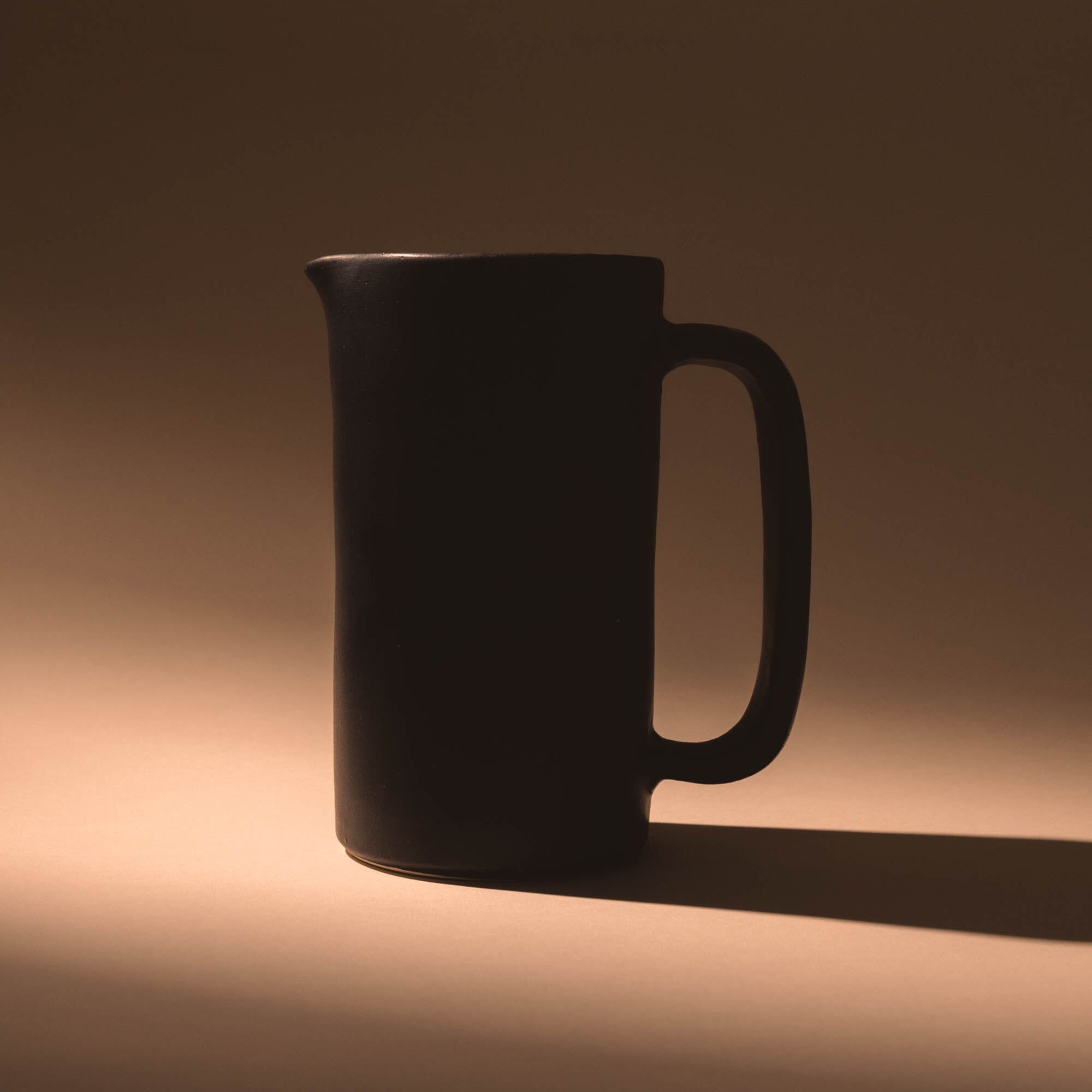
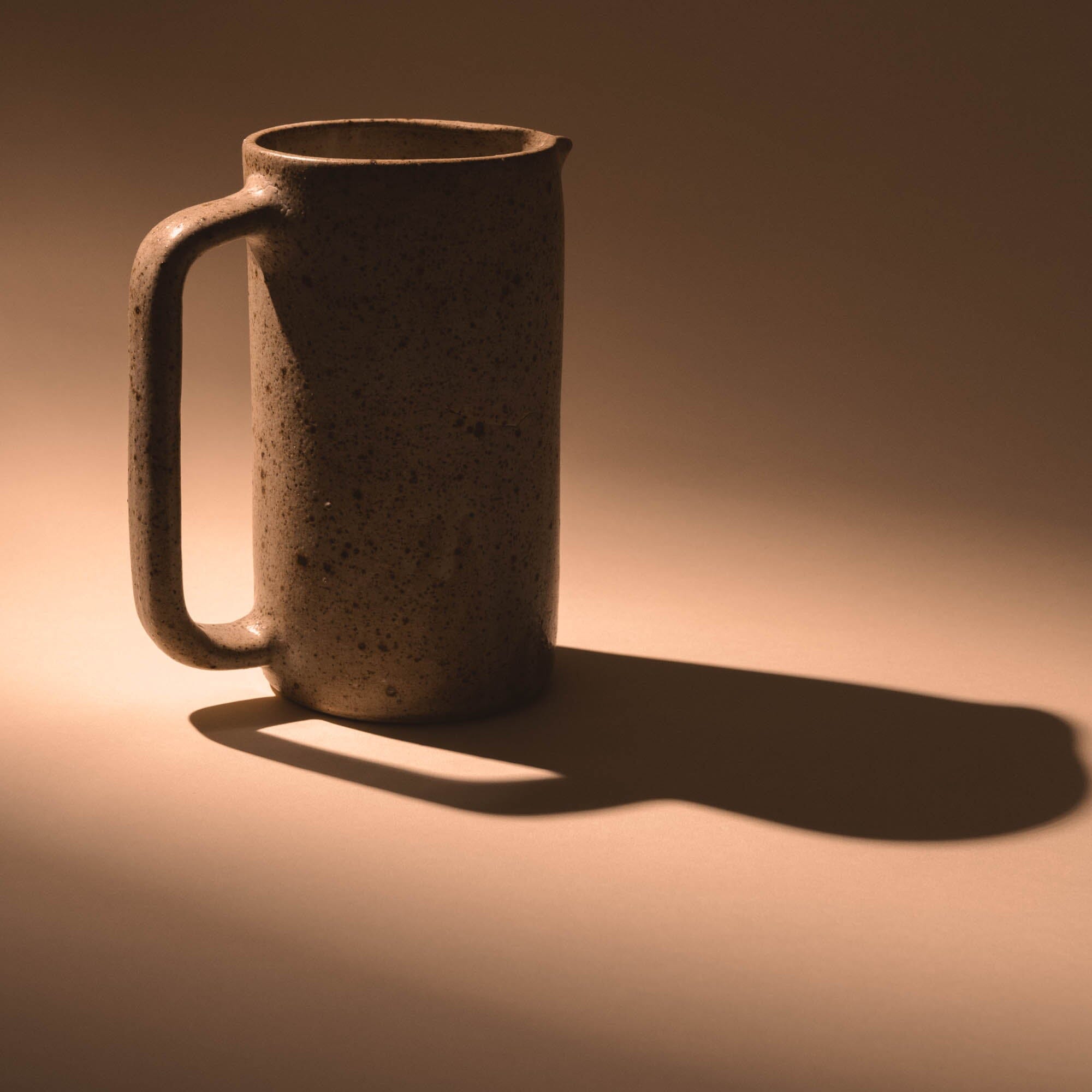
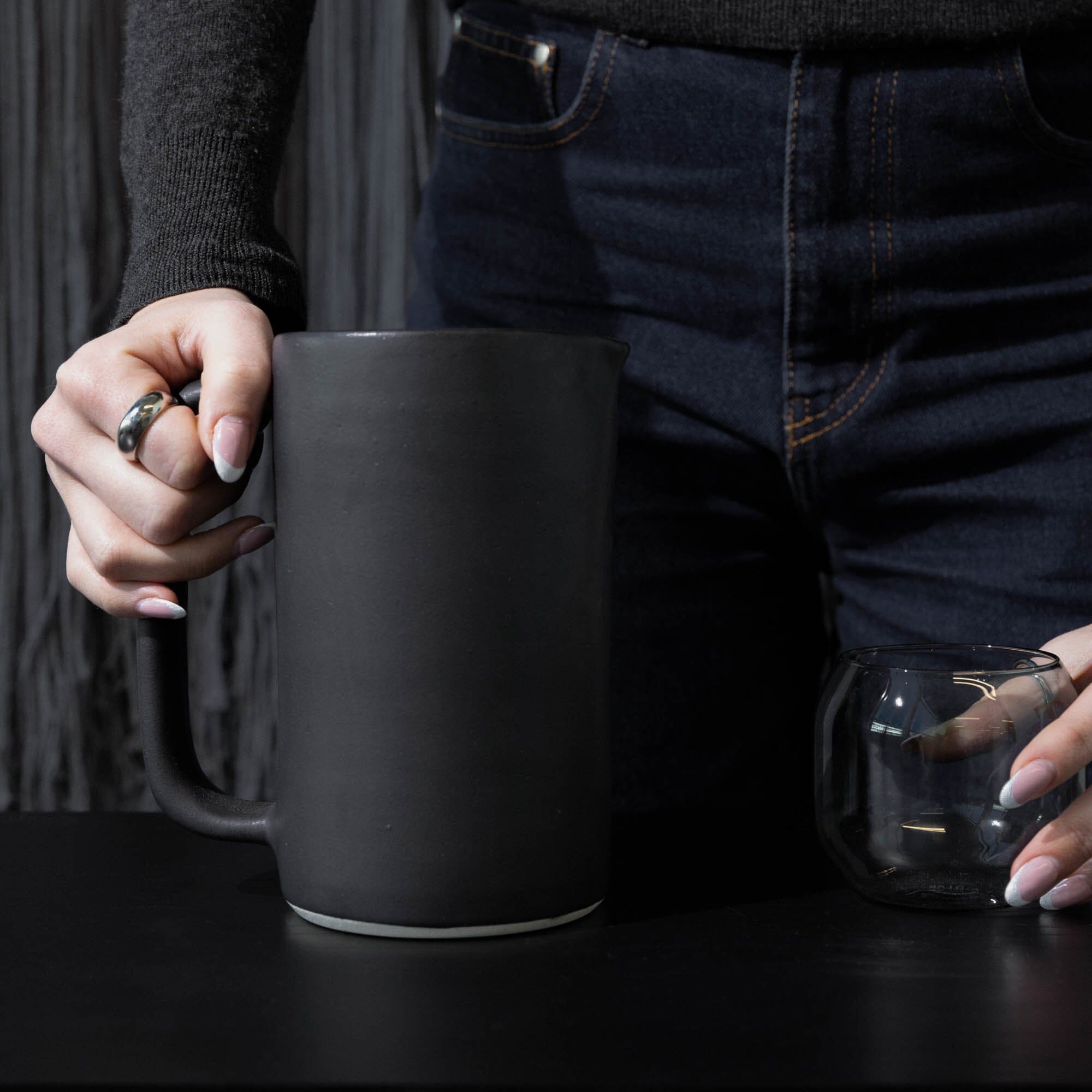

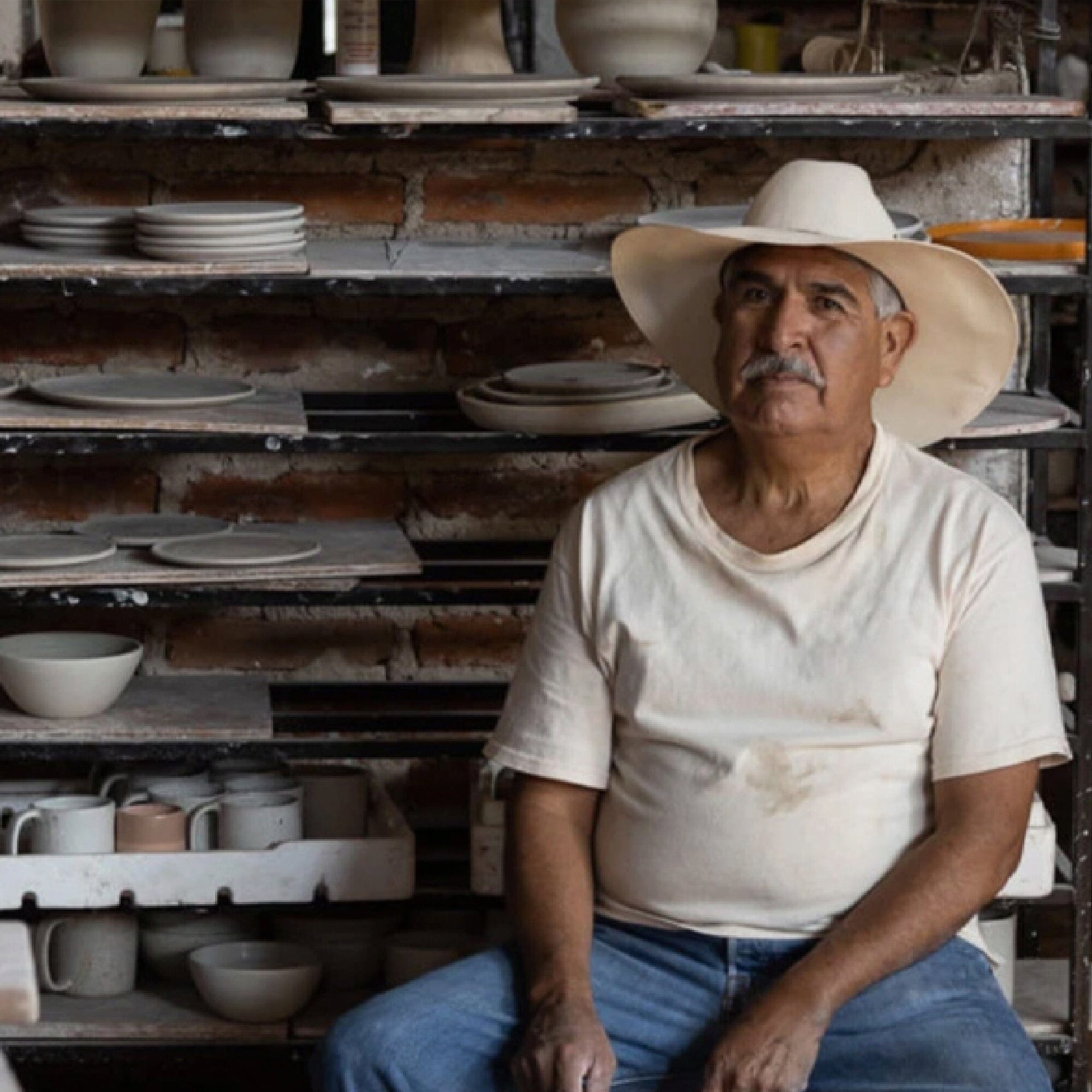
Pouring Pitcher
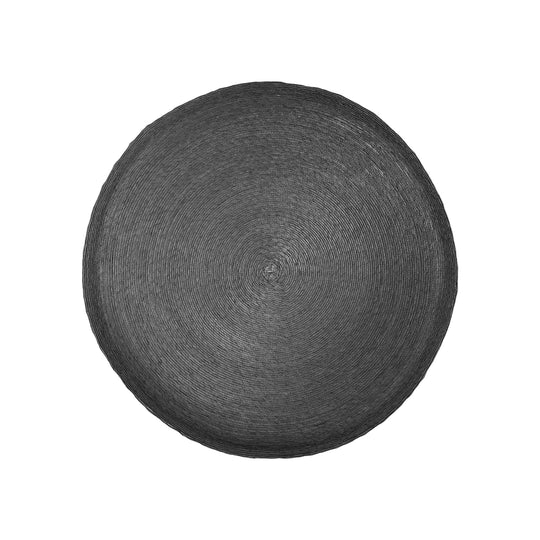
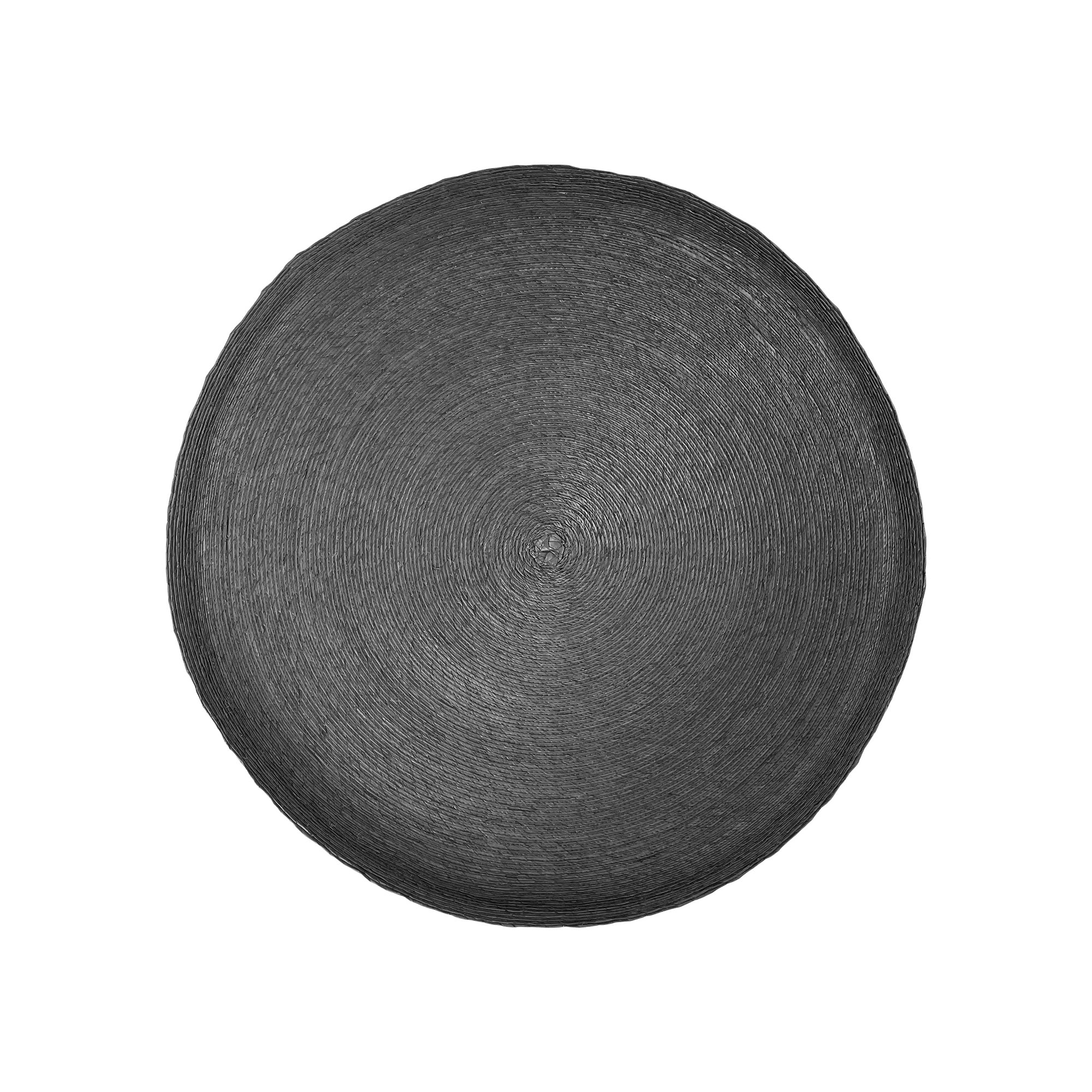
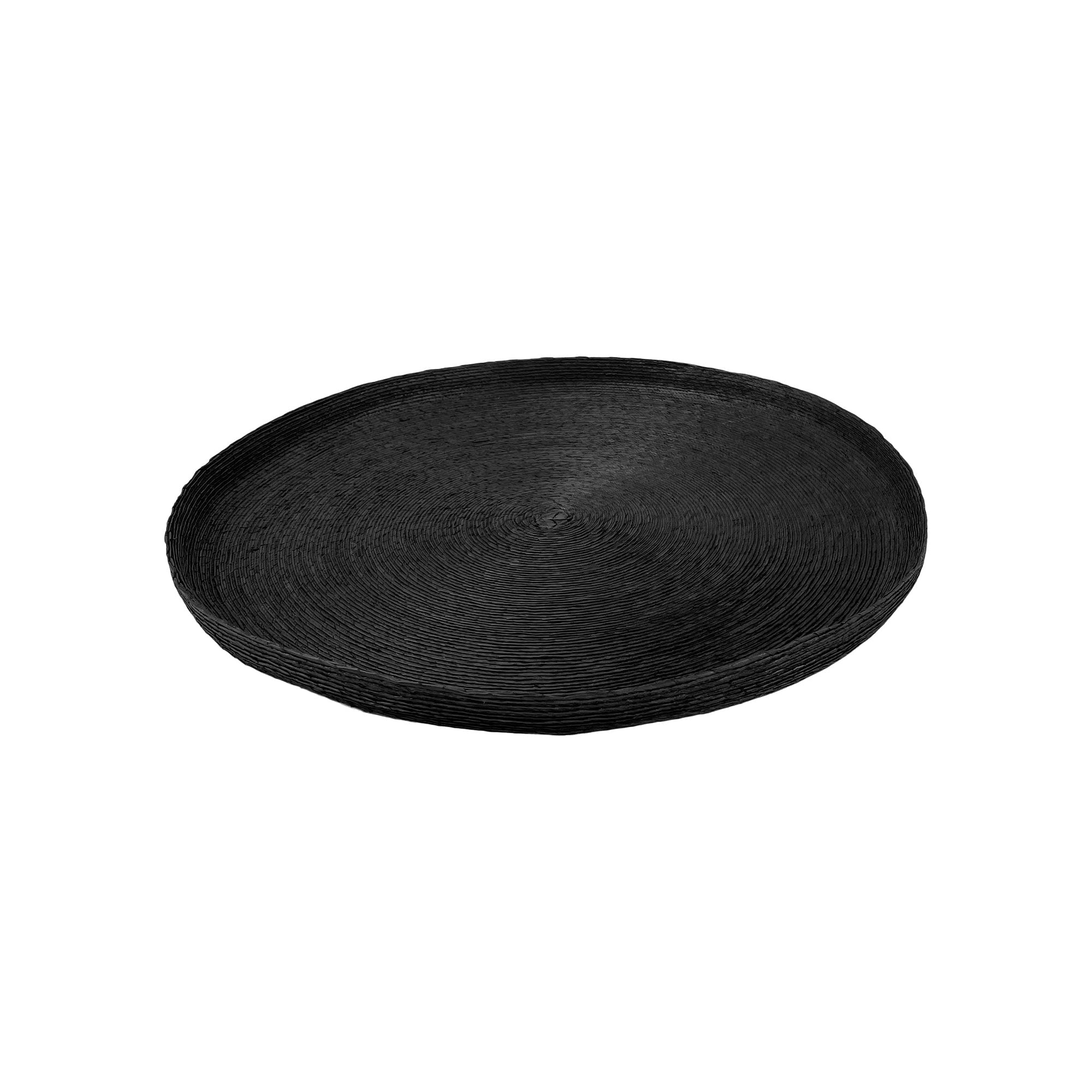

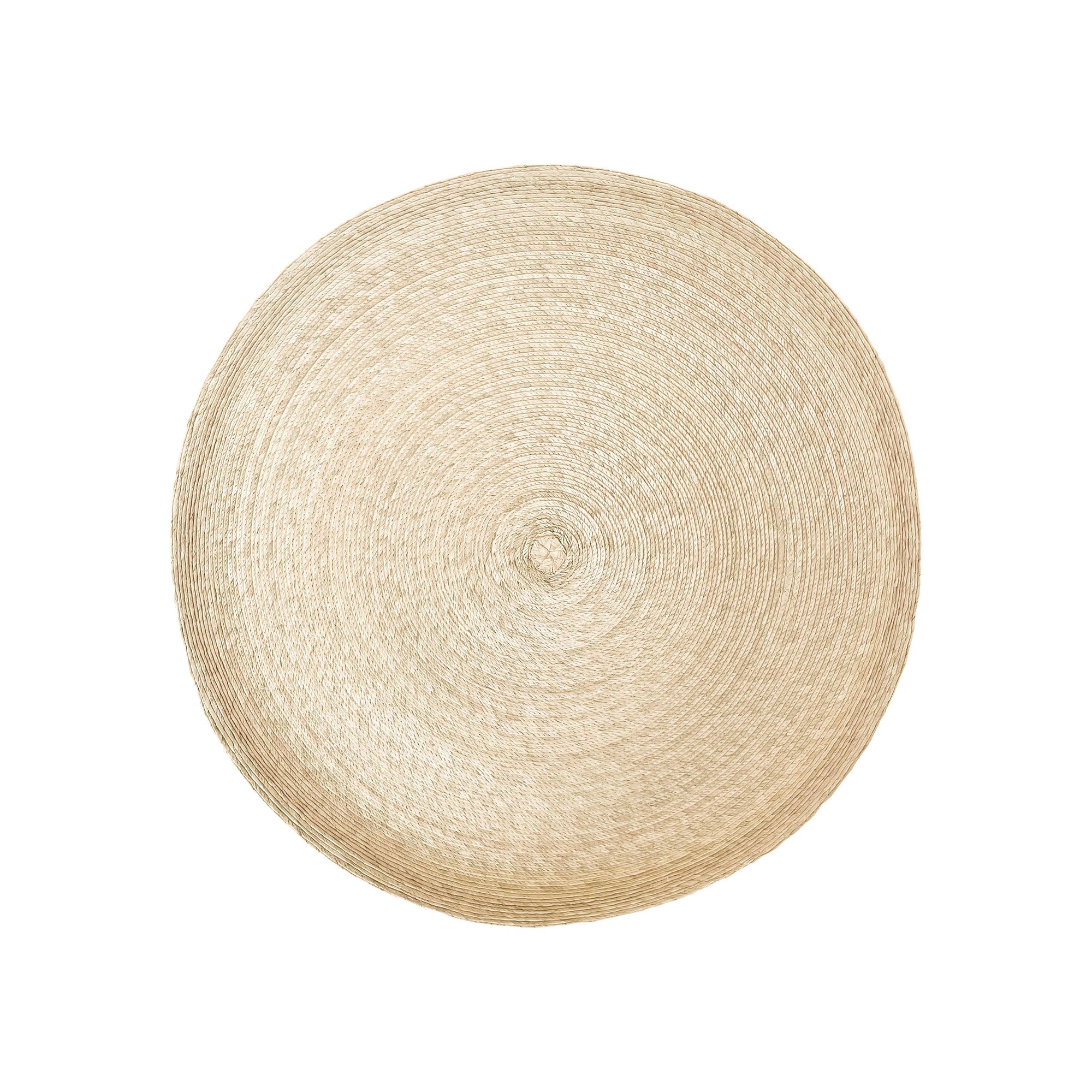
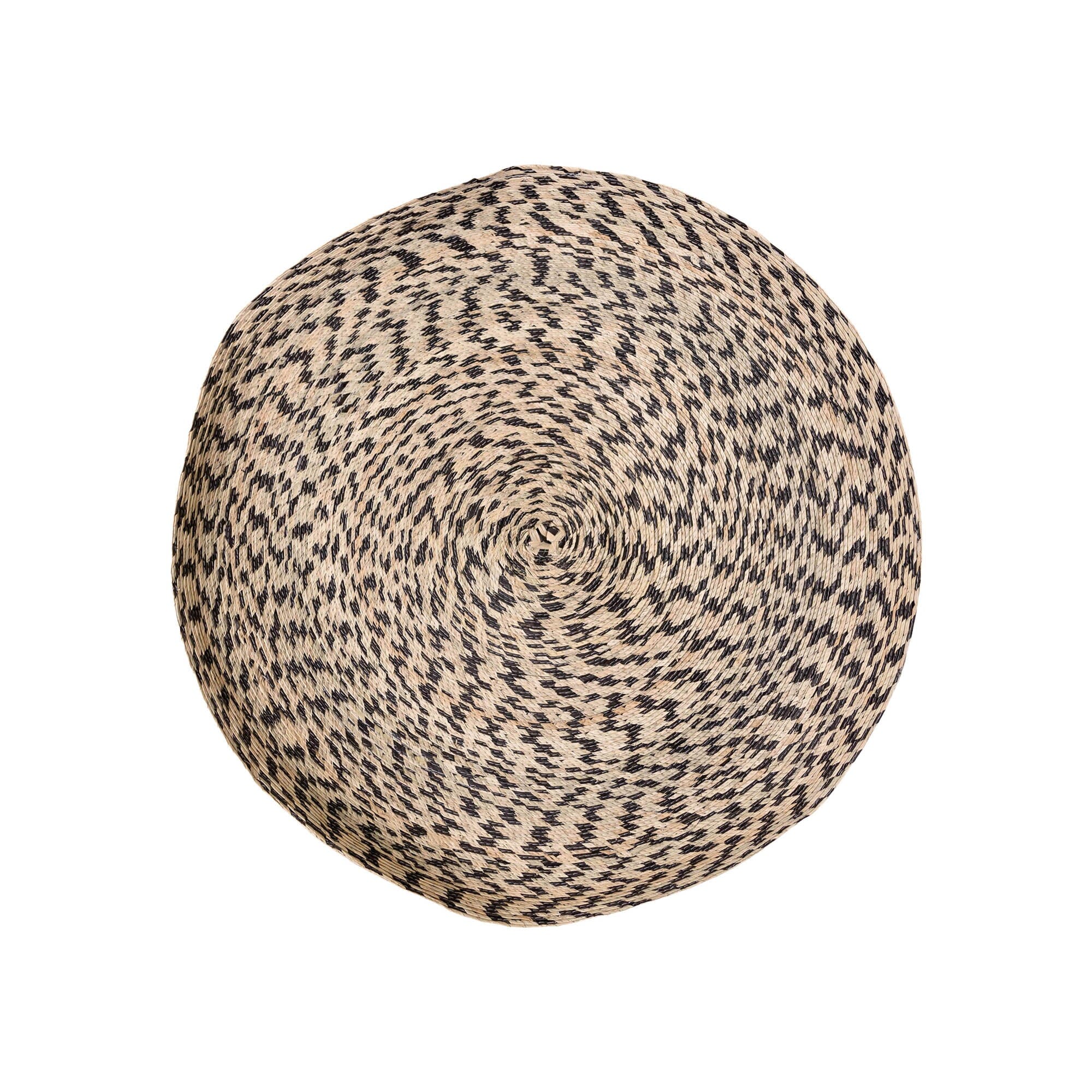

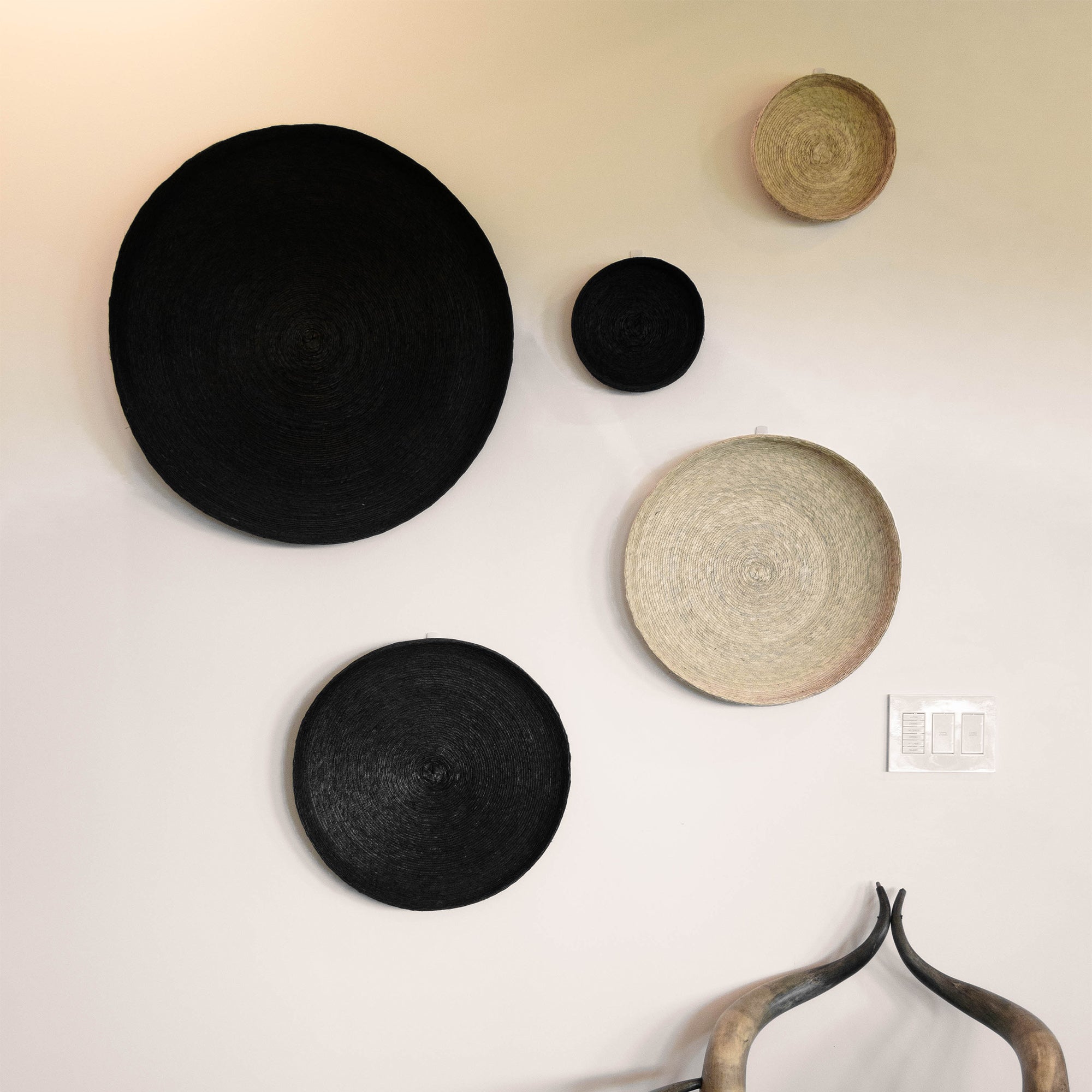
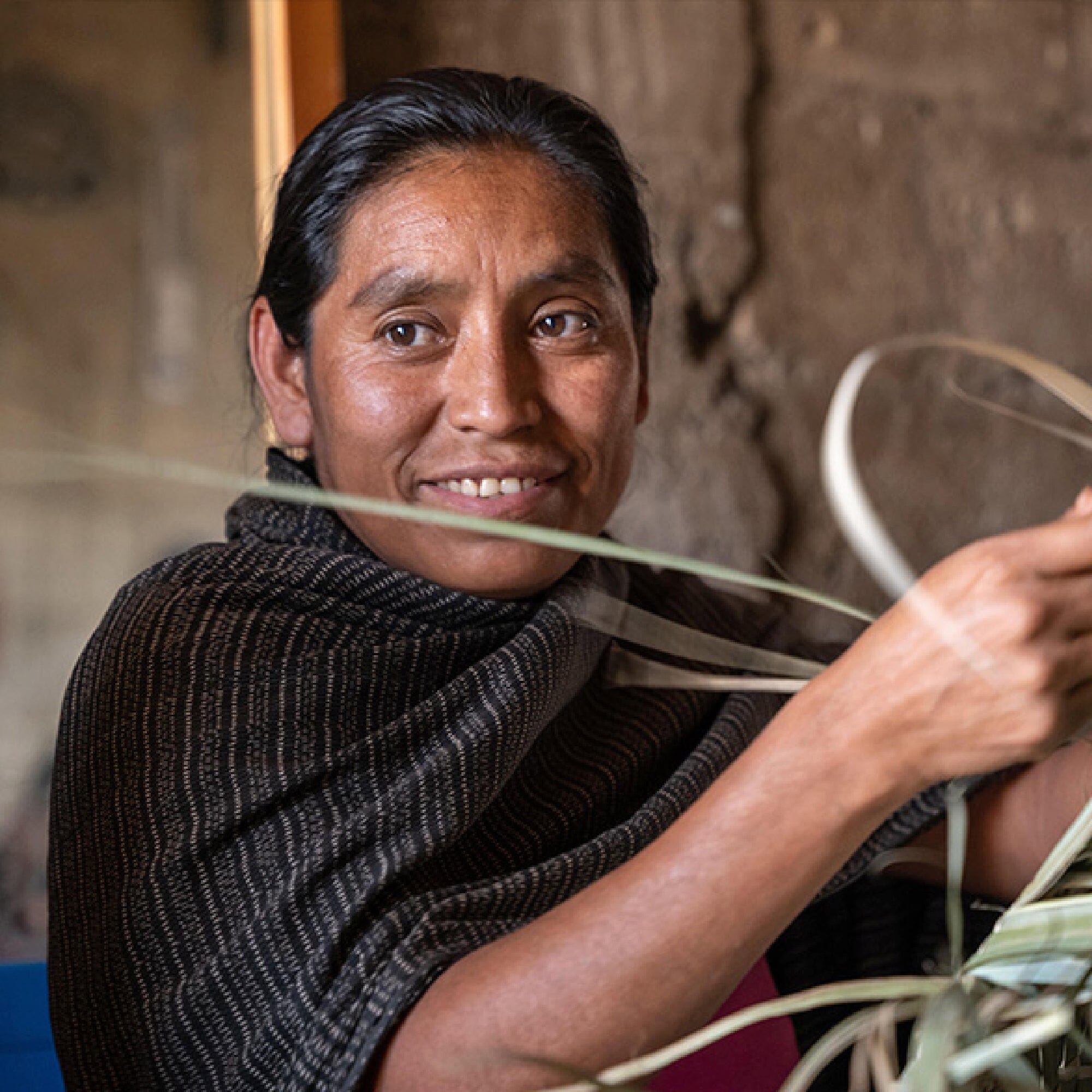
Round Handwoven Palm Tray | L
Related Posts
The Problem With Palm Oil
Palm oil production is wiping out ancient forests, endangering wildlife and destroying communities, discover why Obakki’s natural soap collection is palm oil free.
DESIGNER INTERVIEW SERIES: Andrea Rodman
These days, I am definitely inspired by Japanese design more and more; the simplicity and warmth behind their design approach often capture my admiration and inspire me with their approach to joinery and craftsmanship. I am also a big fan of Japandi design, which blends Japanese design influences with Scandinavian design, two of my favourite aesthetics.
DESIGNER INTERVIEW SERIES: Christine Lin
Back in 2014, I made a solo pilgrimage to Naoshima, an island west of Osaka, known for its art. It has amazing museums designed by Tadao Ando, a favorite architect of mine, and there’s various art installations and art houses scattered around the island.




